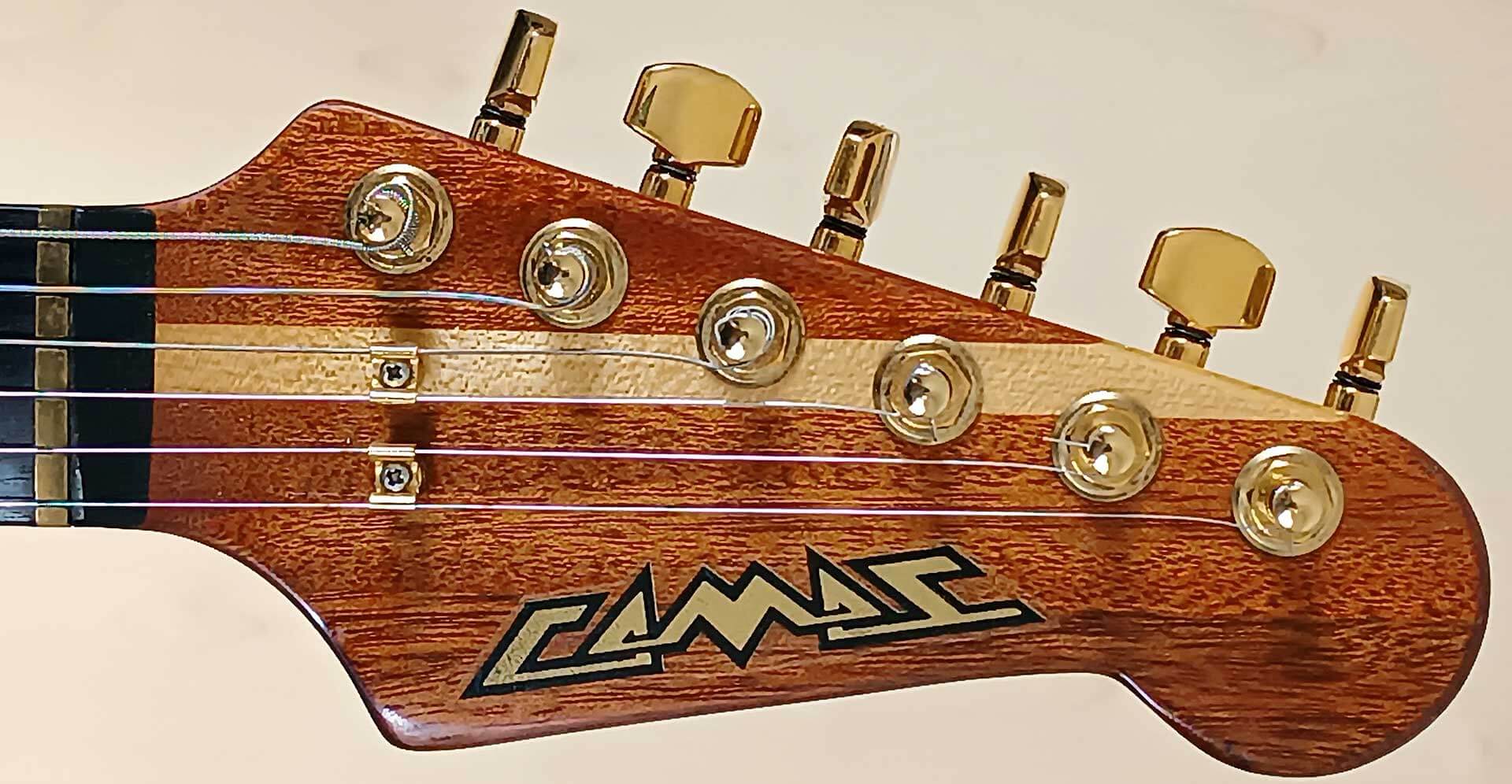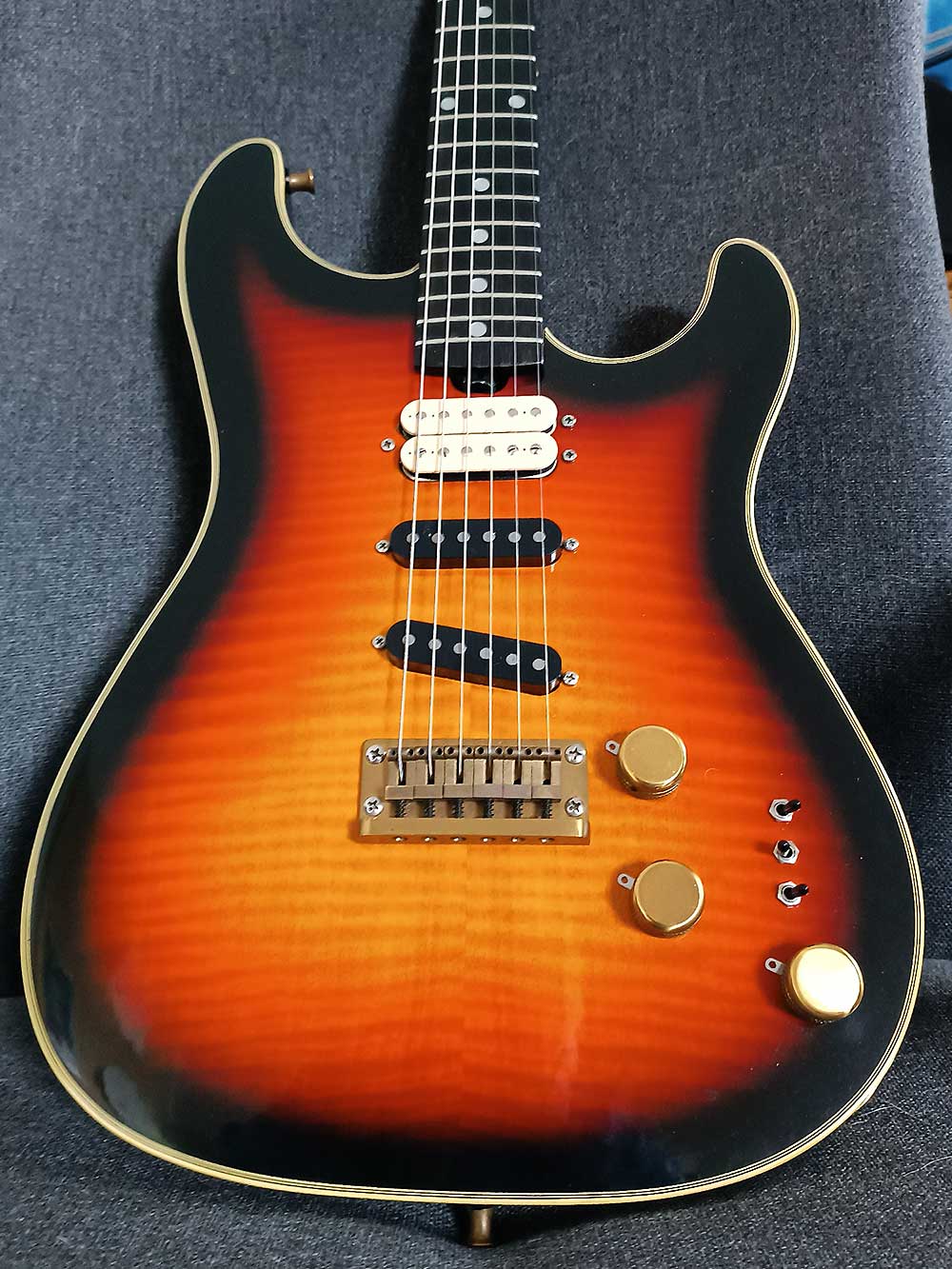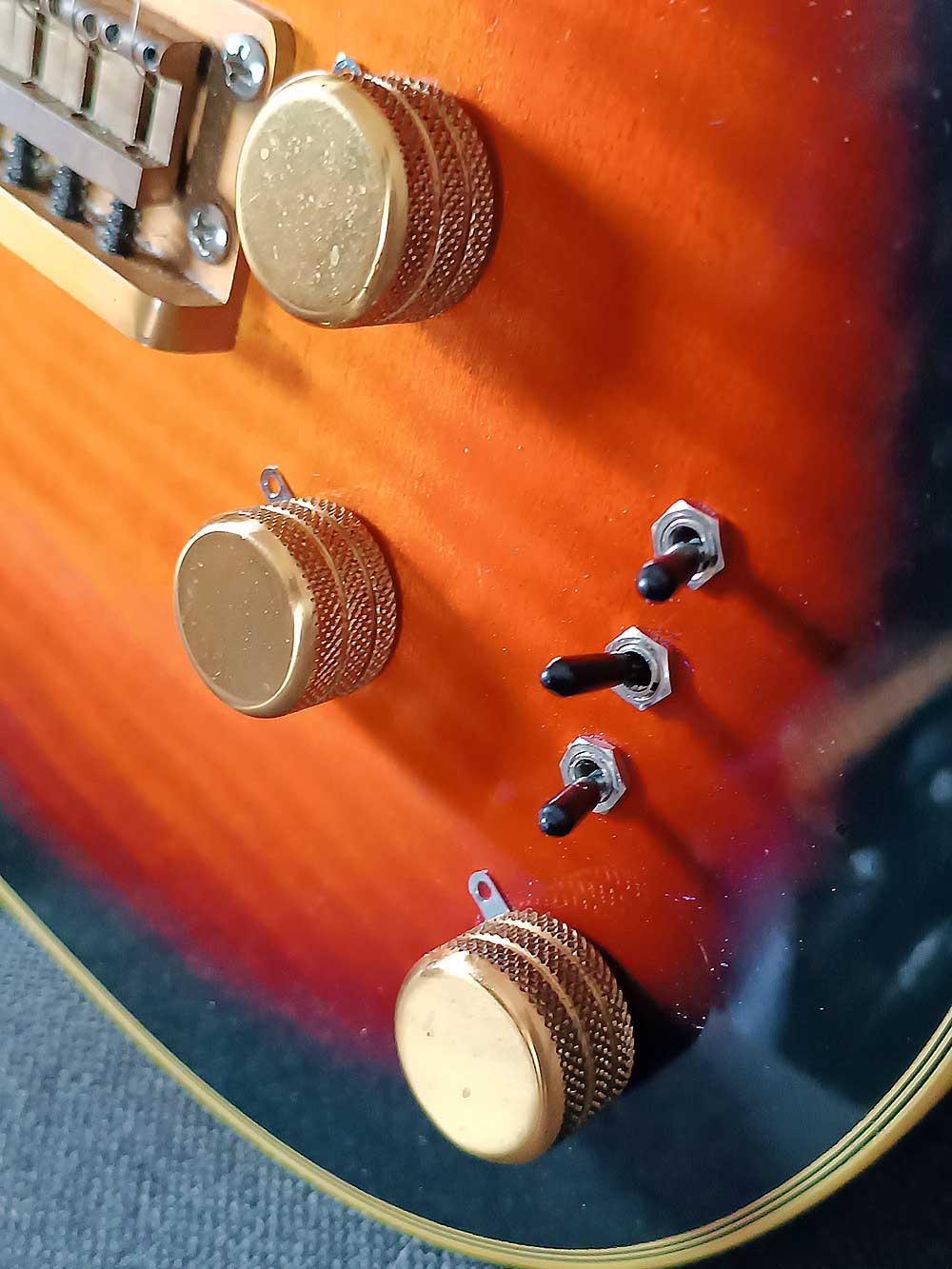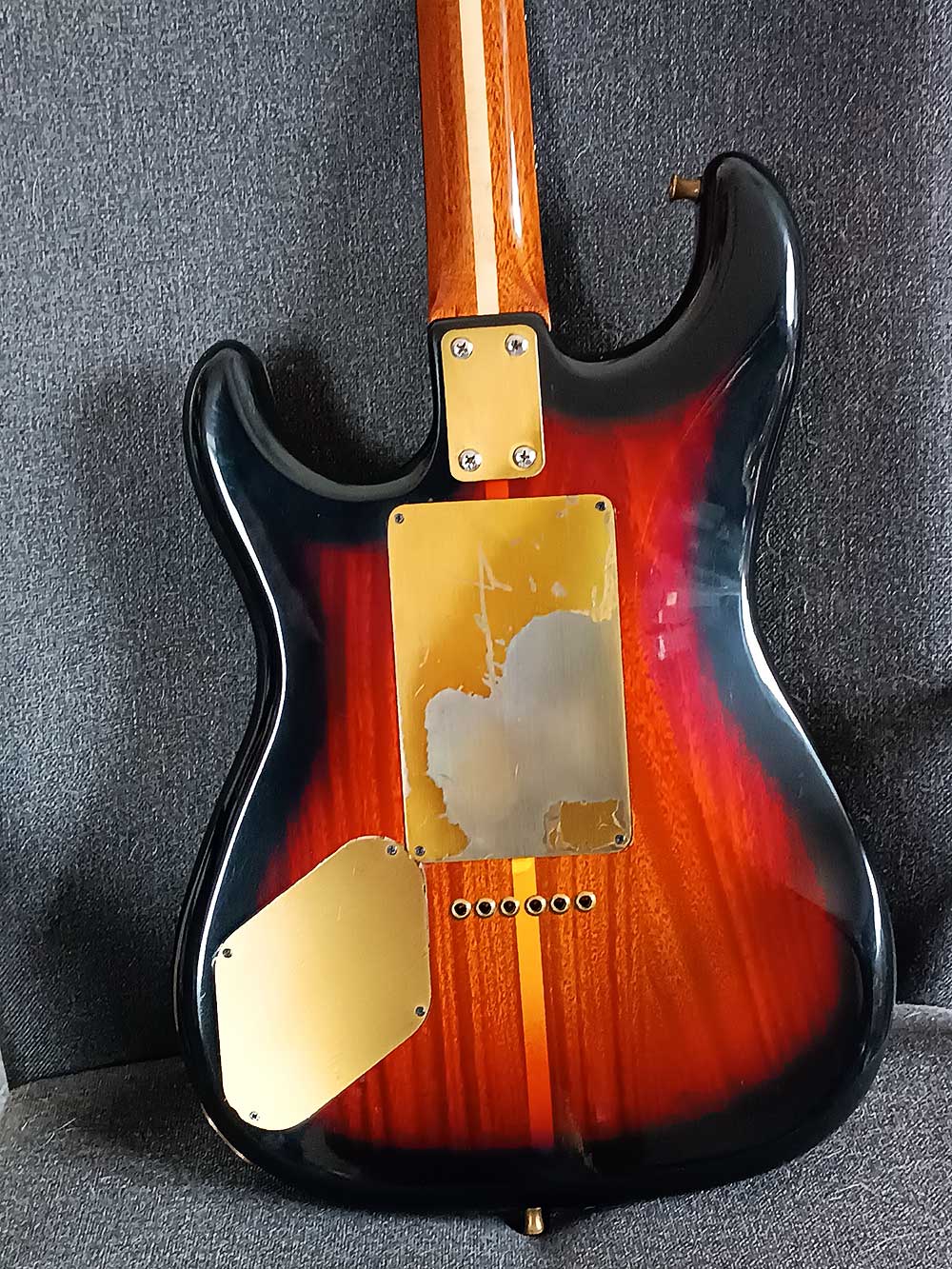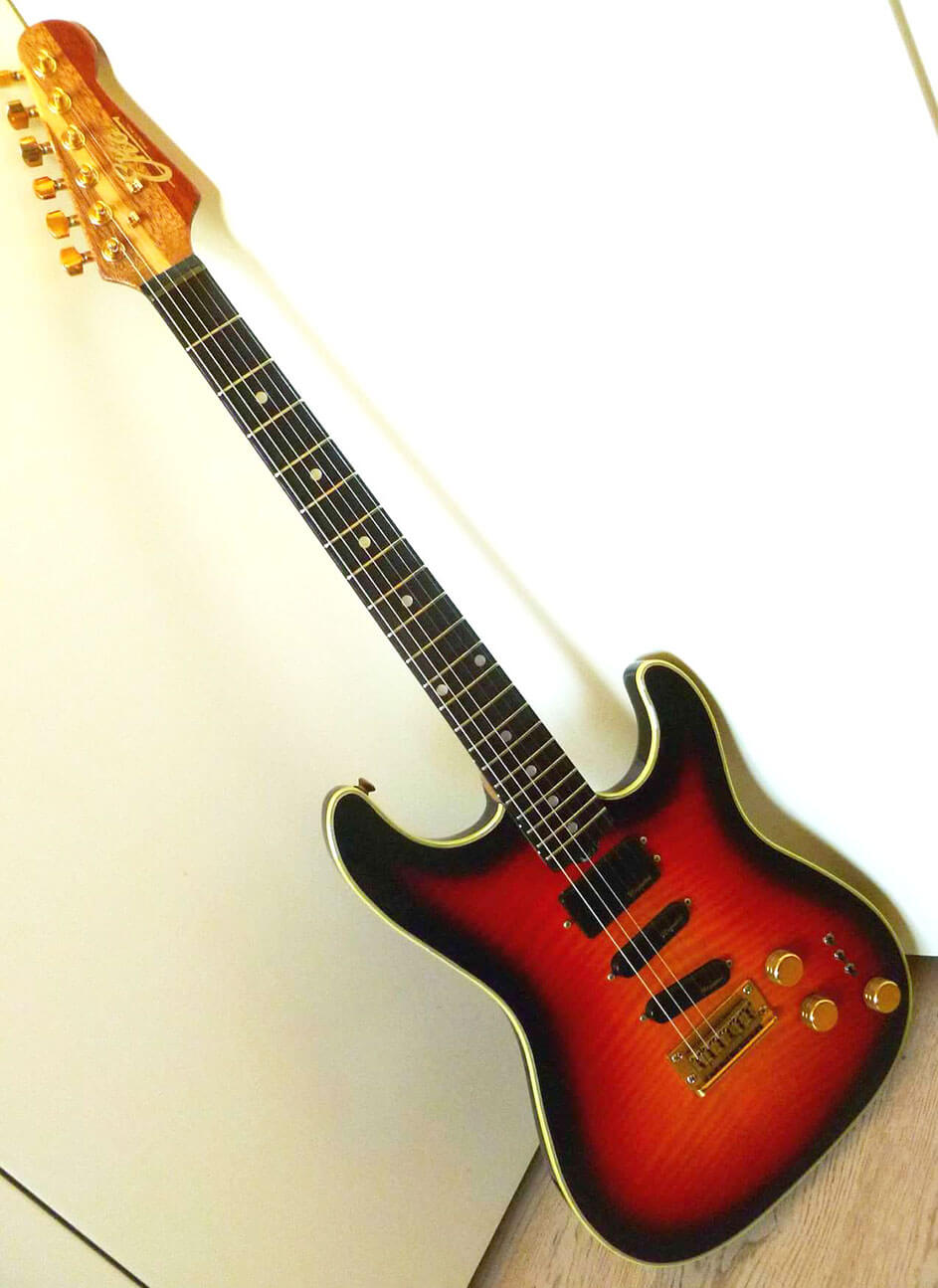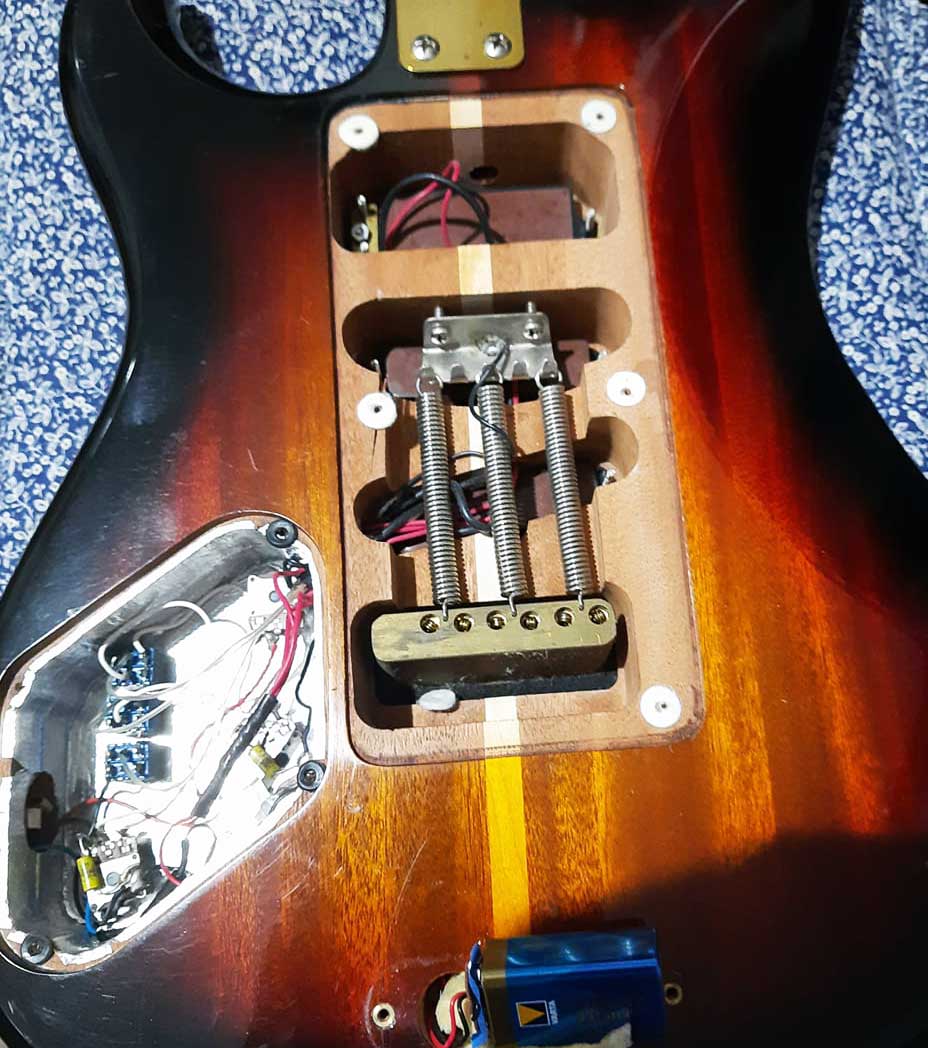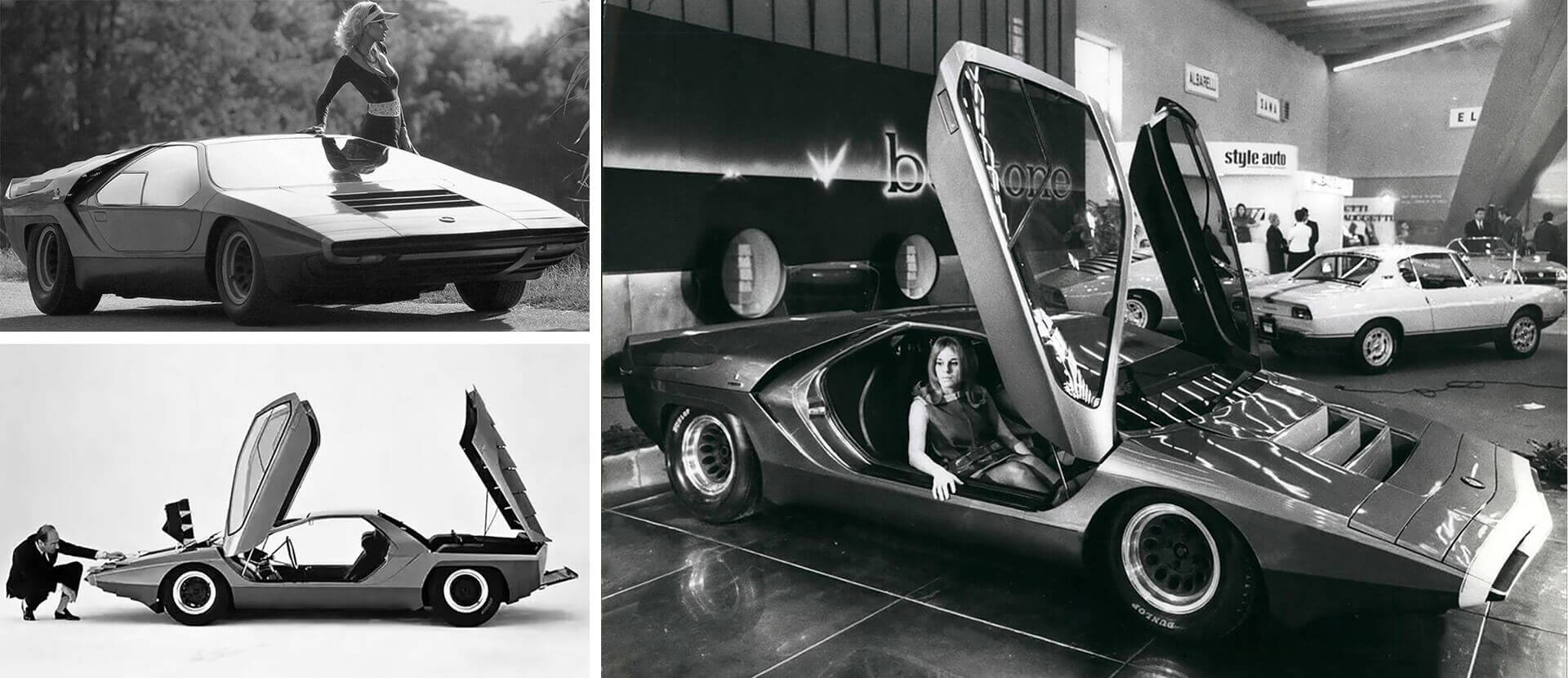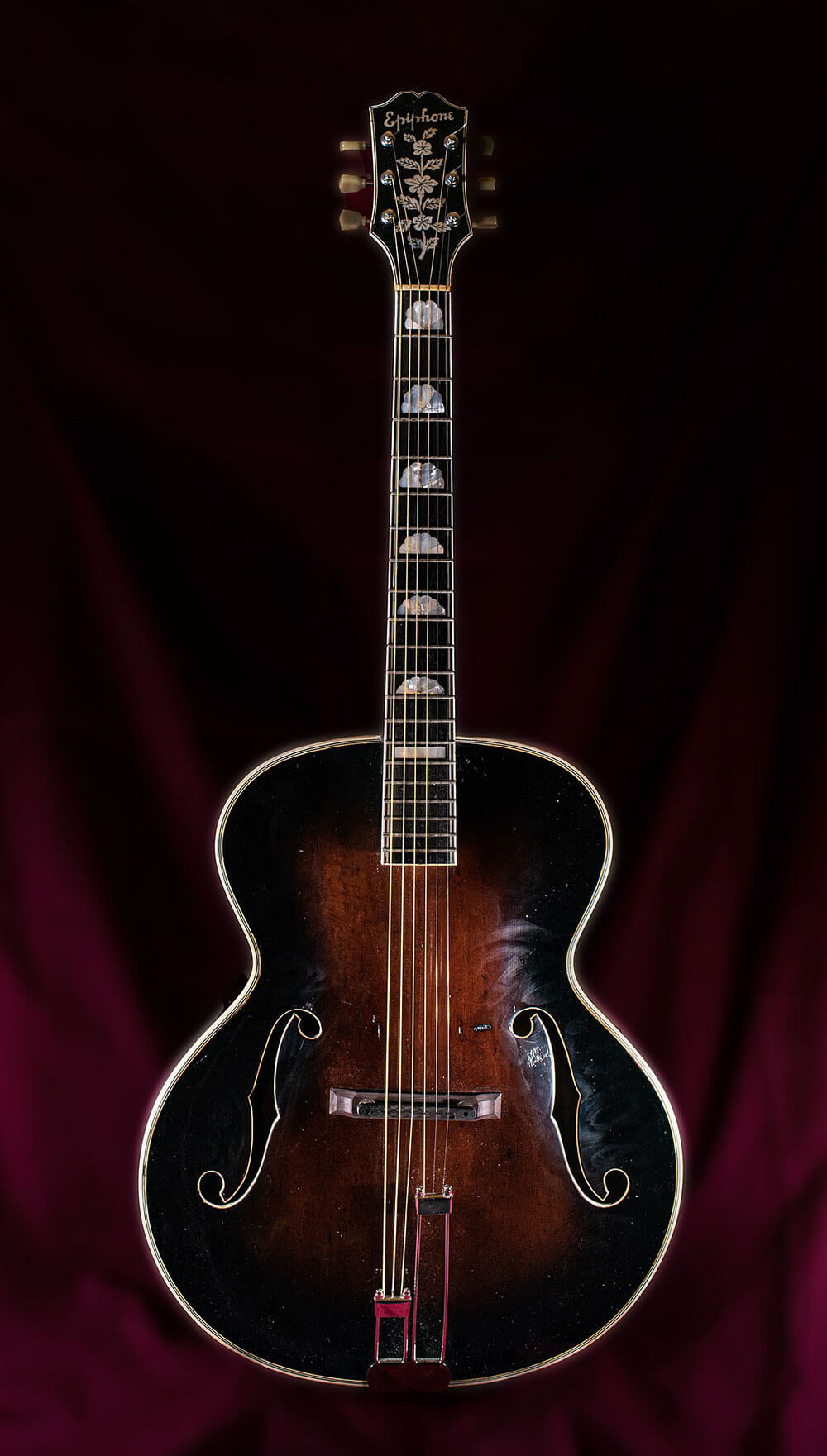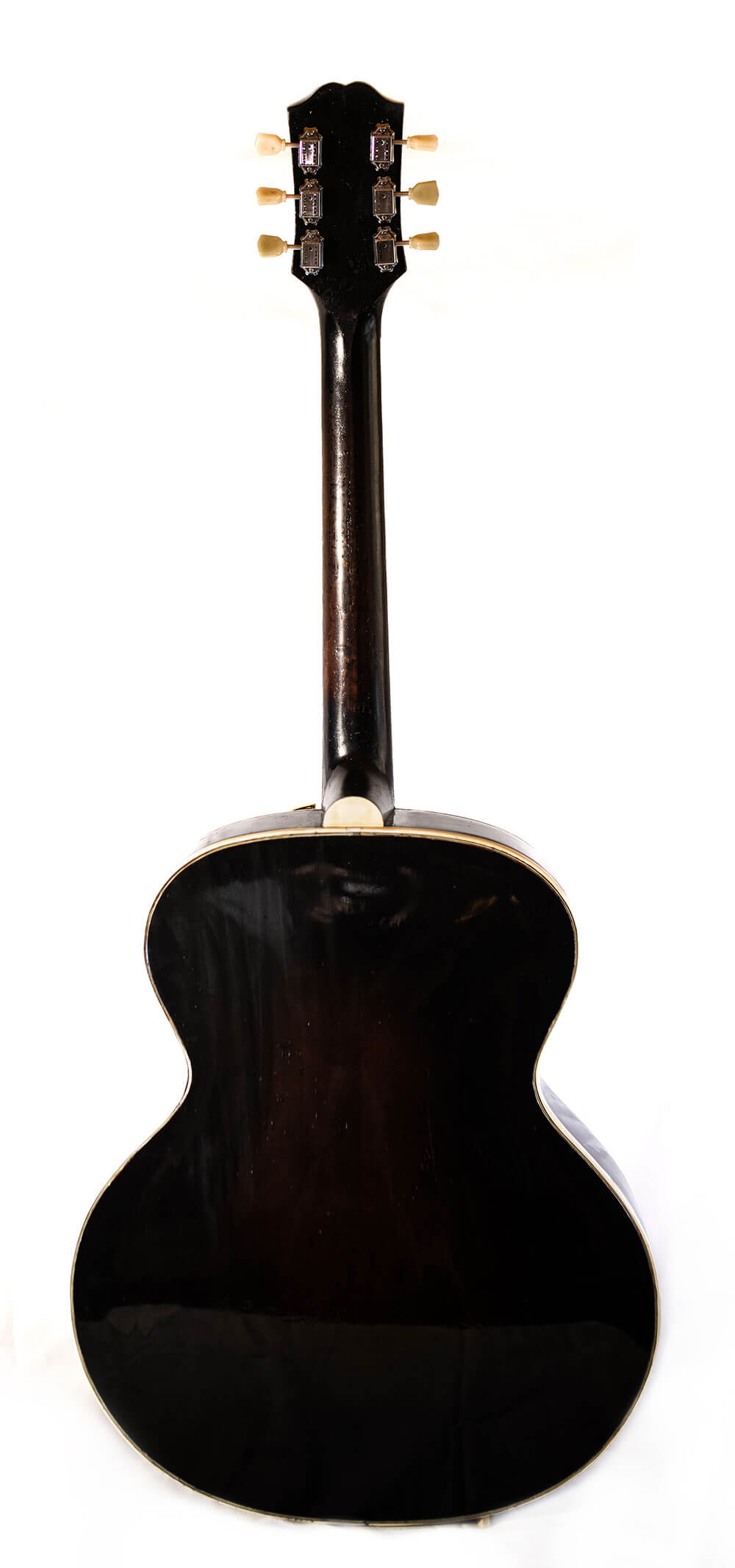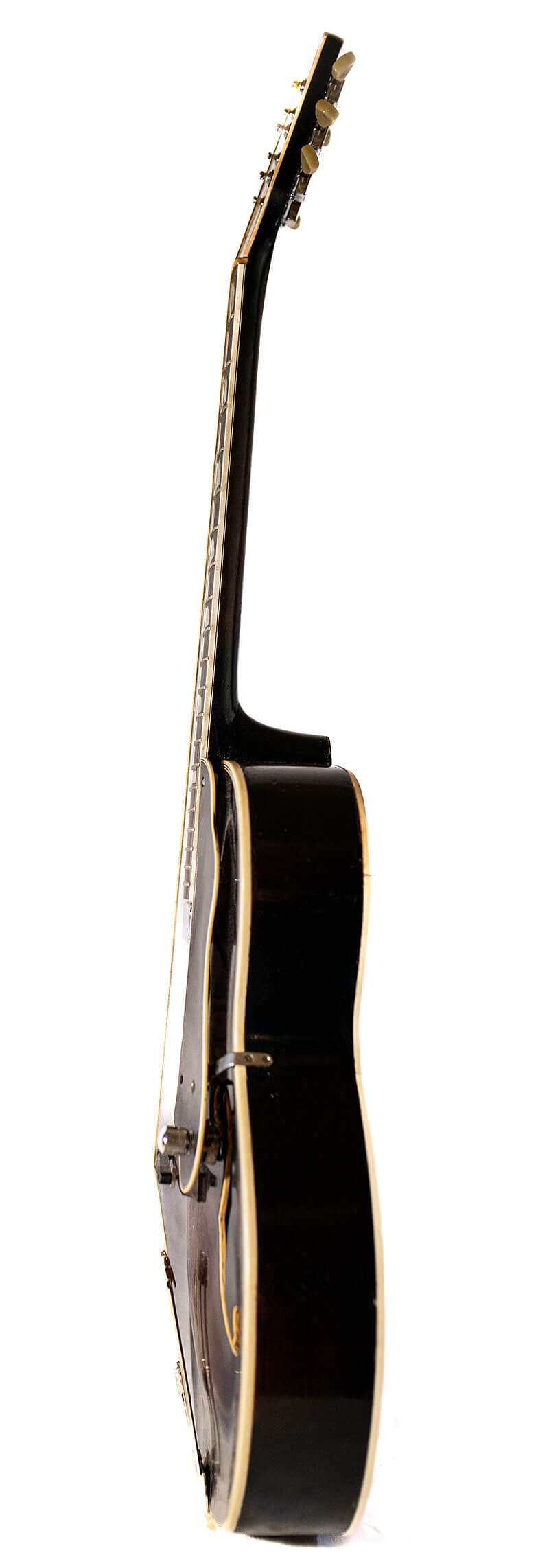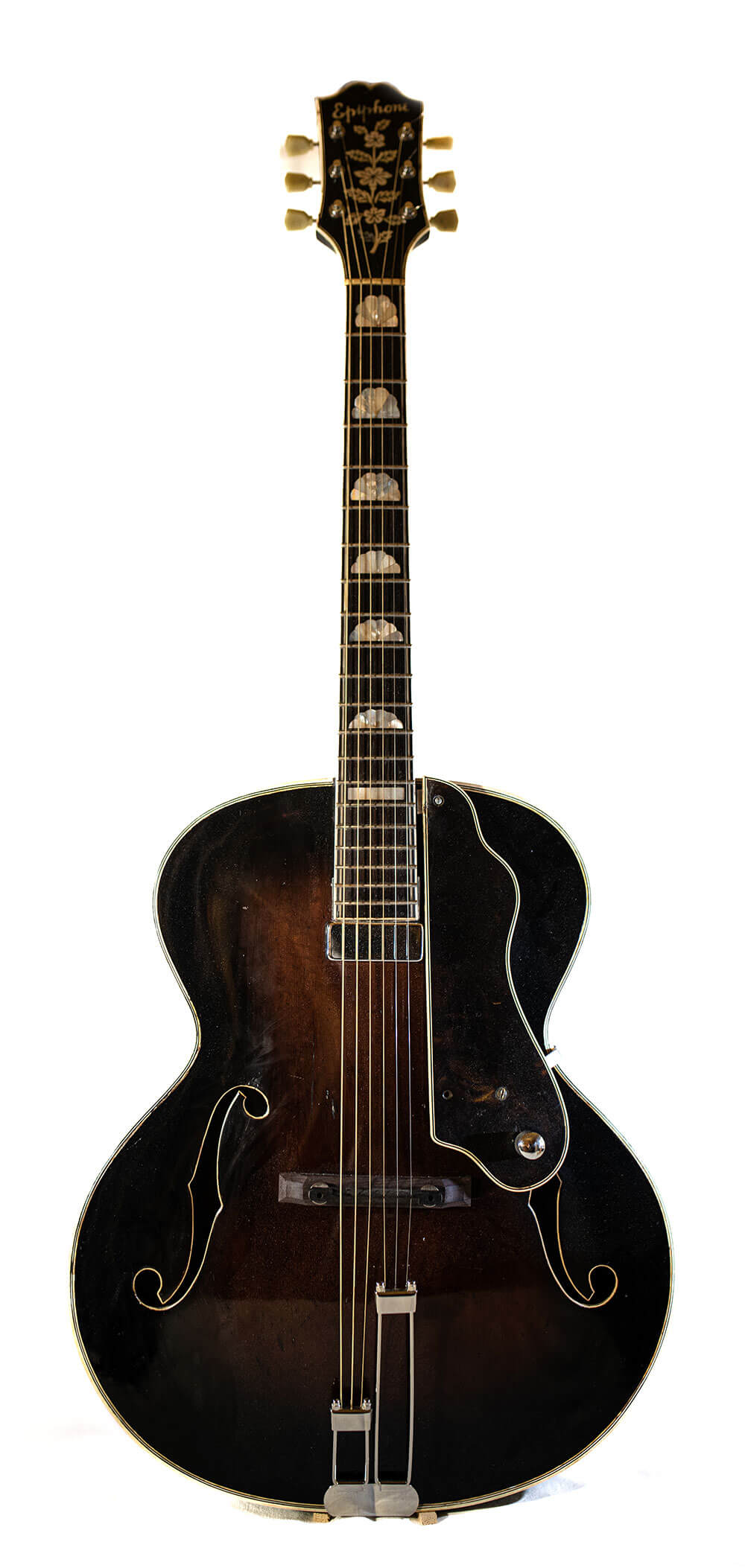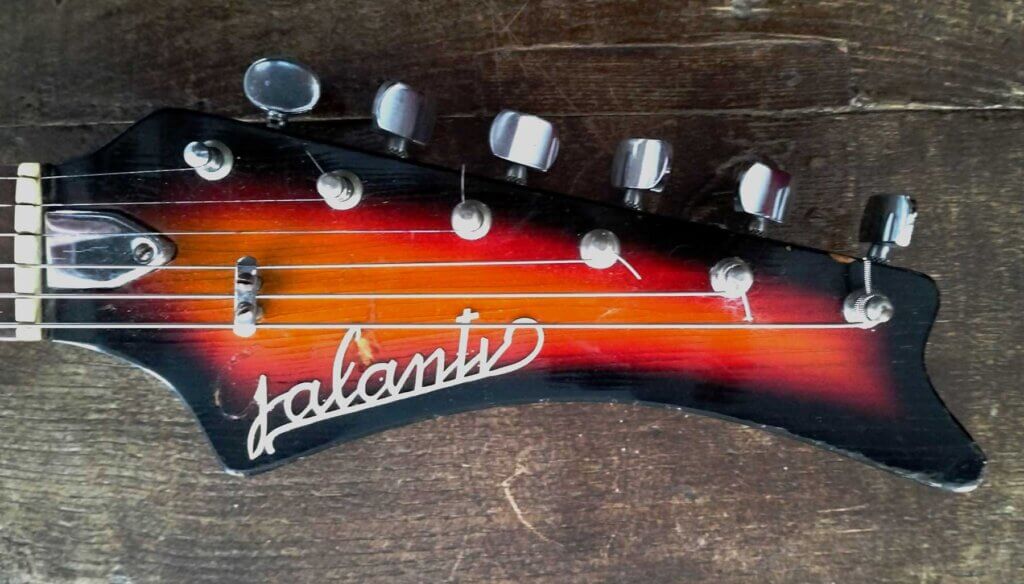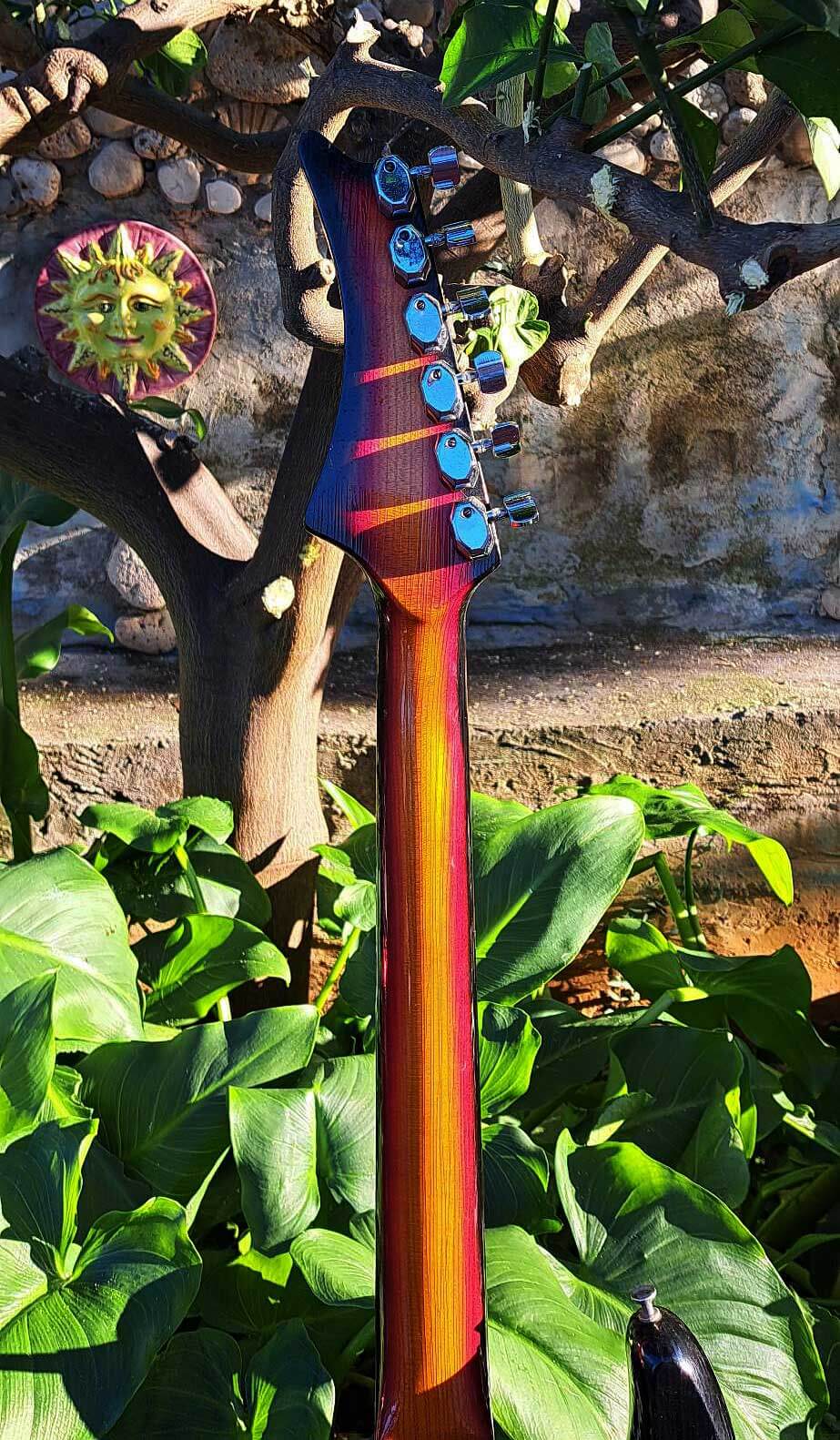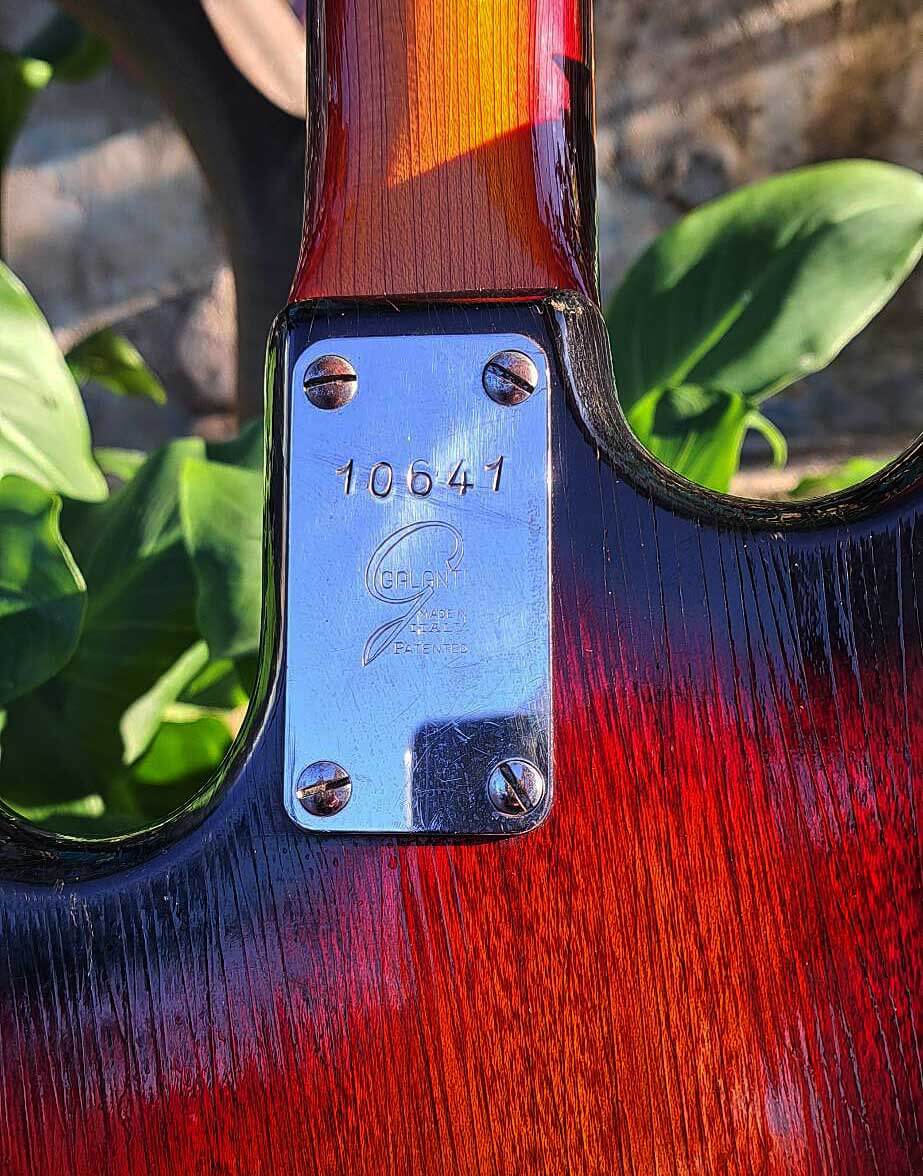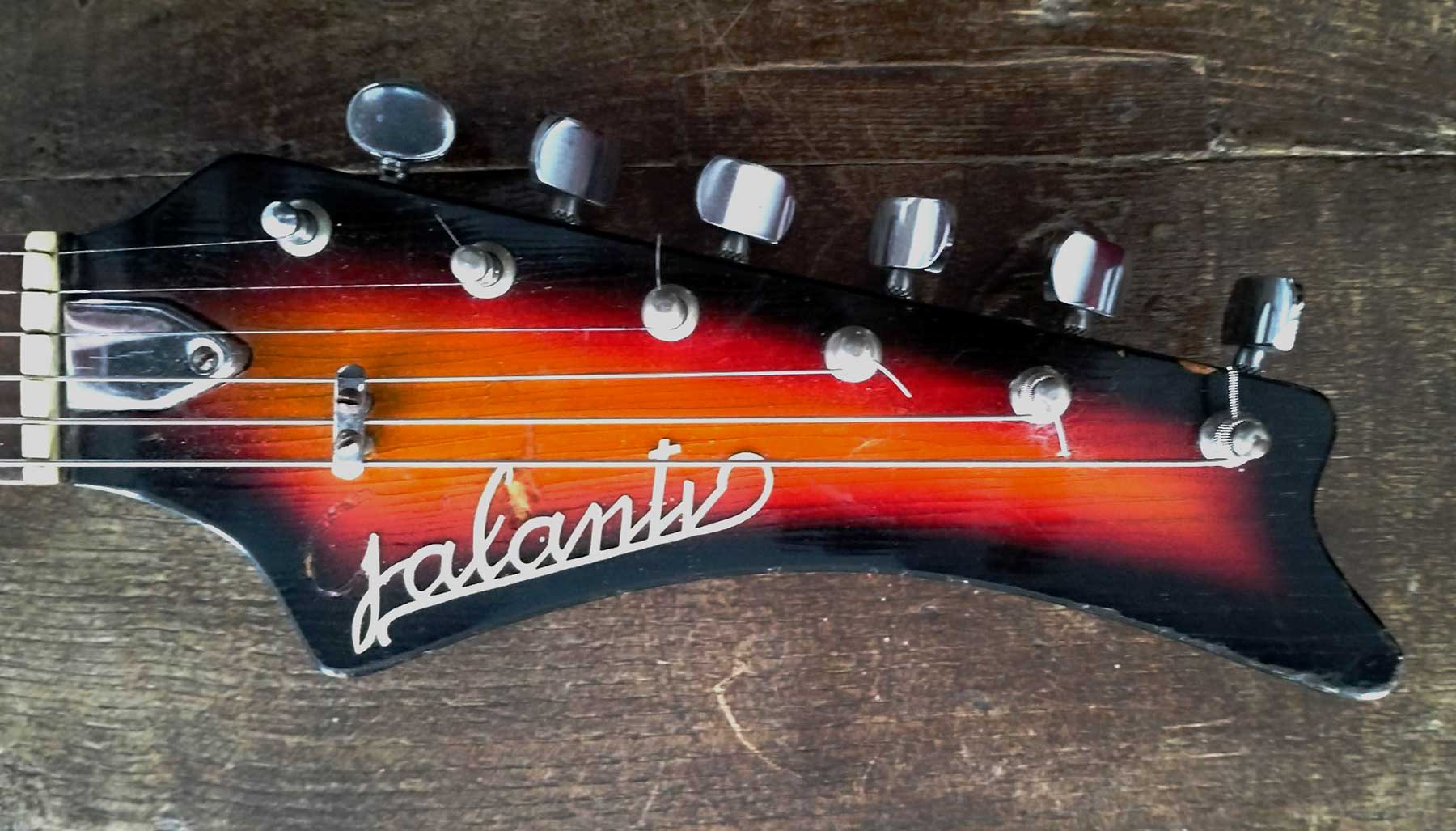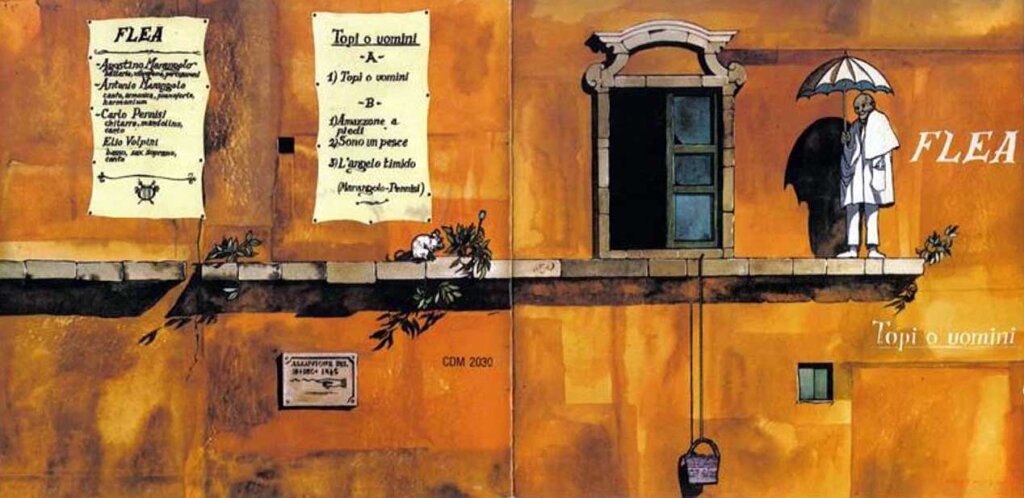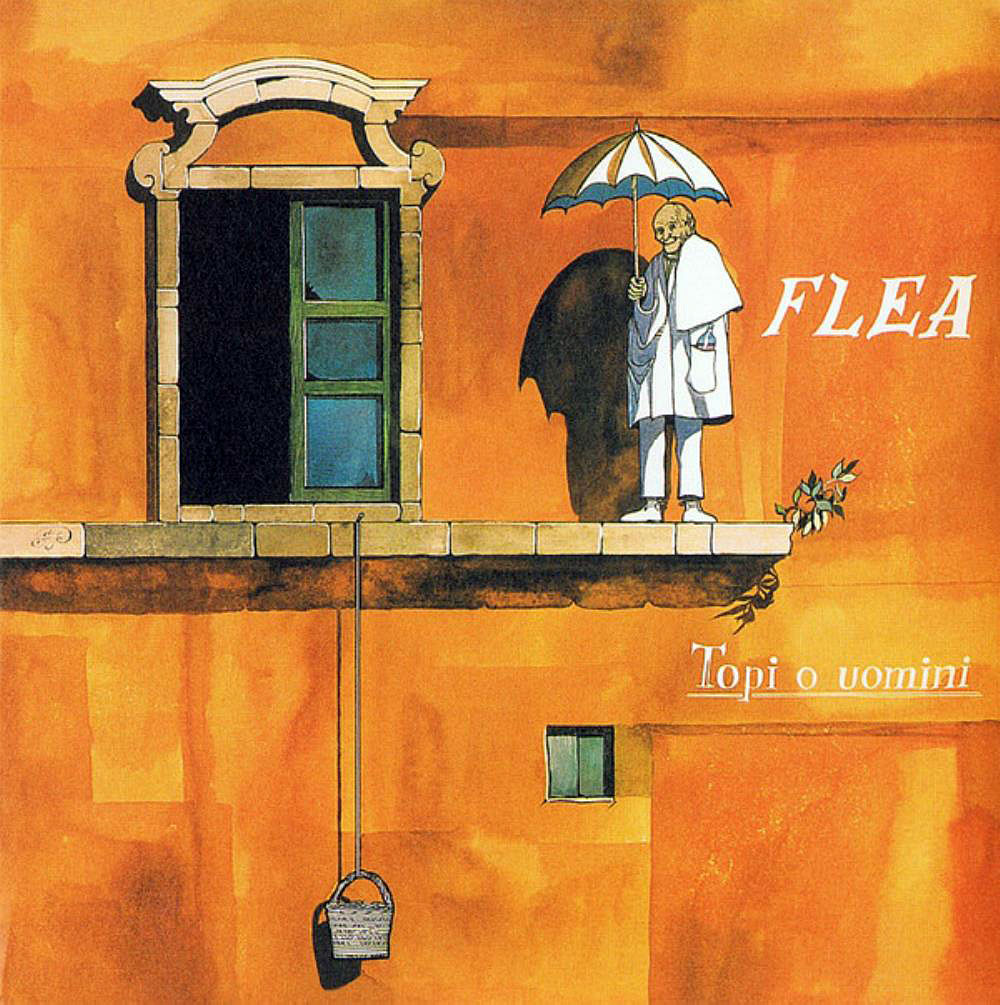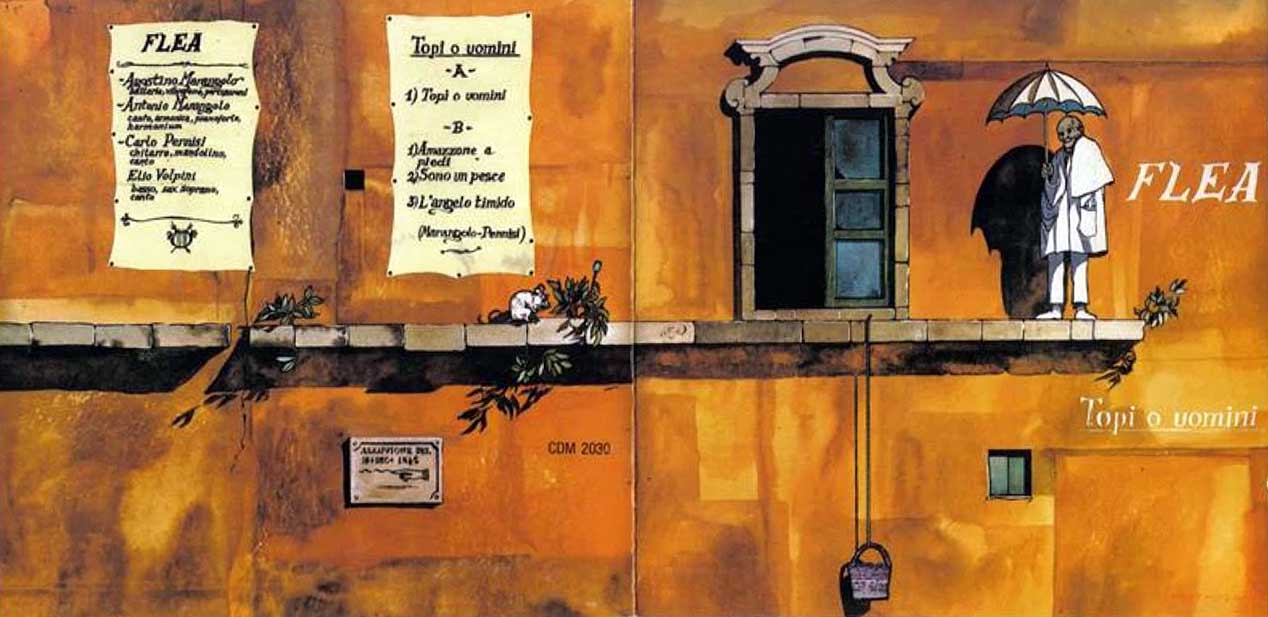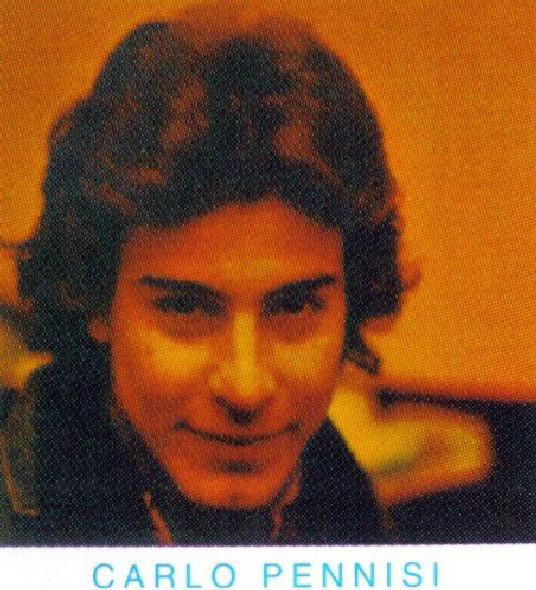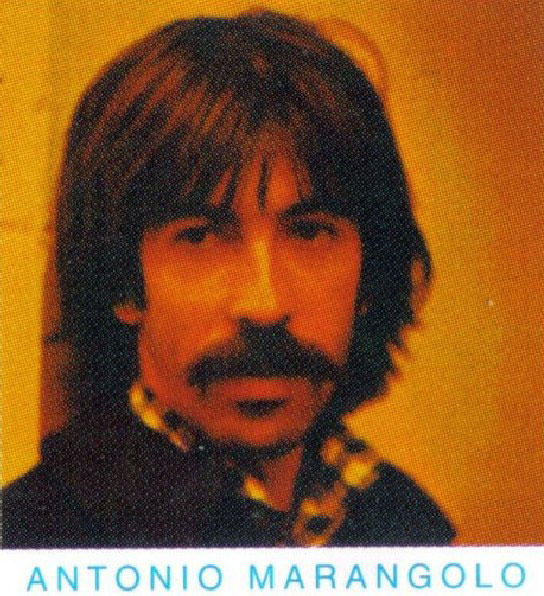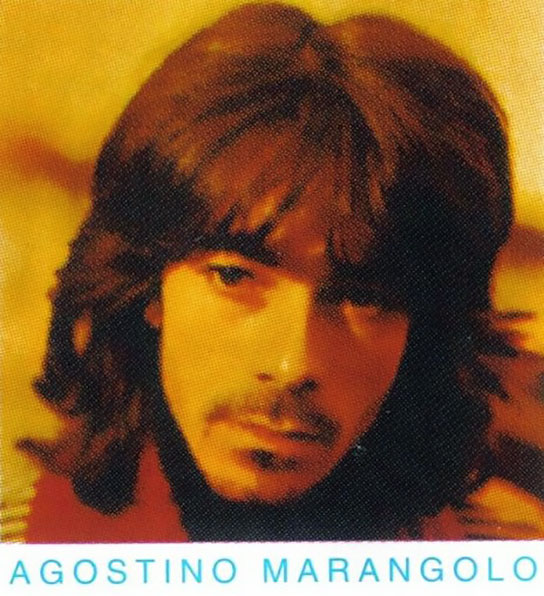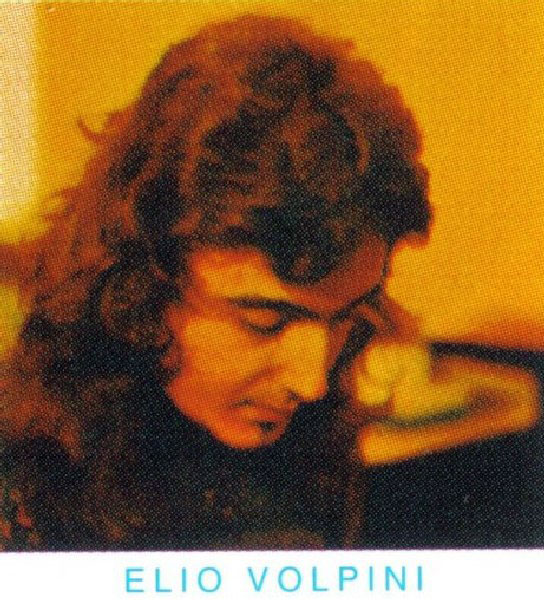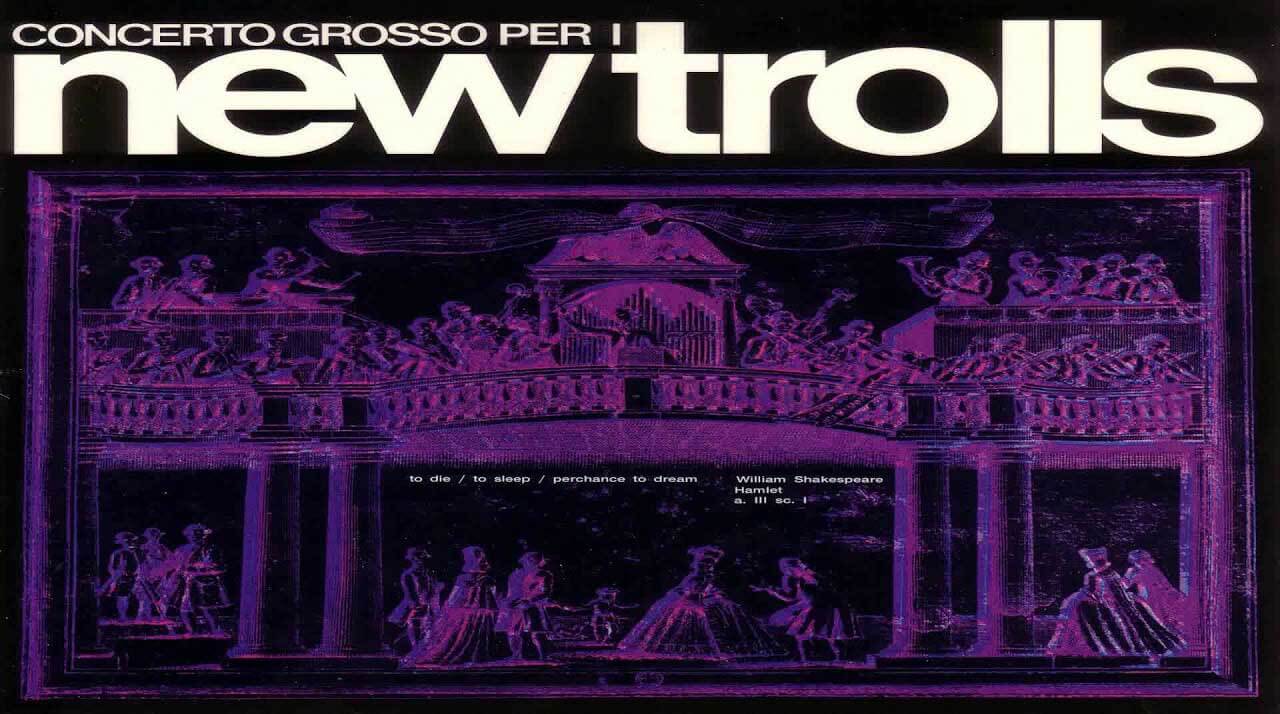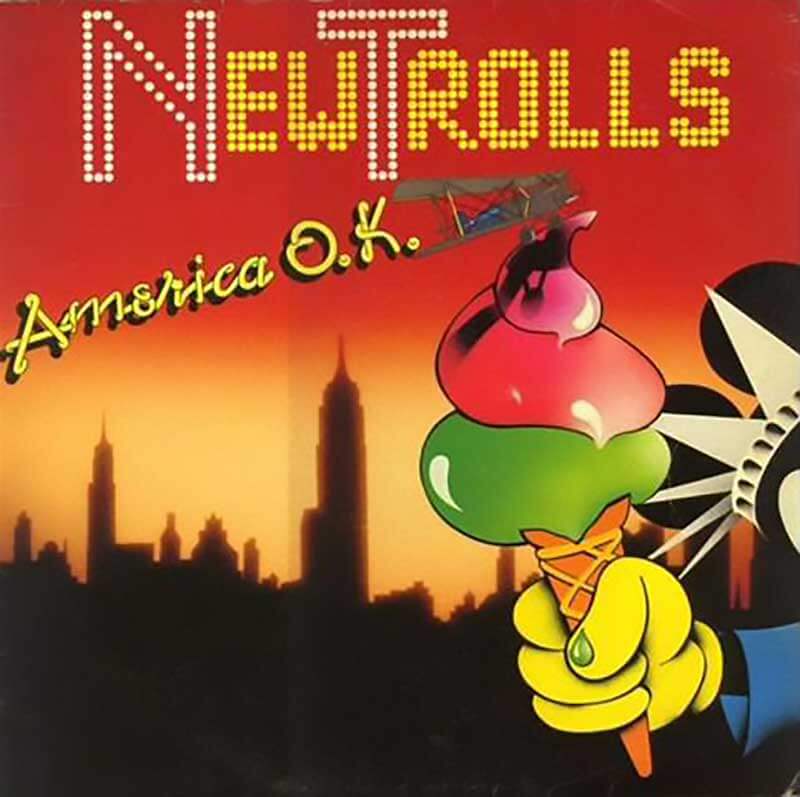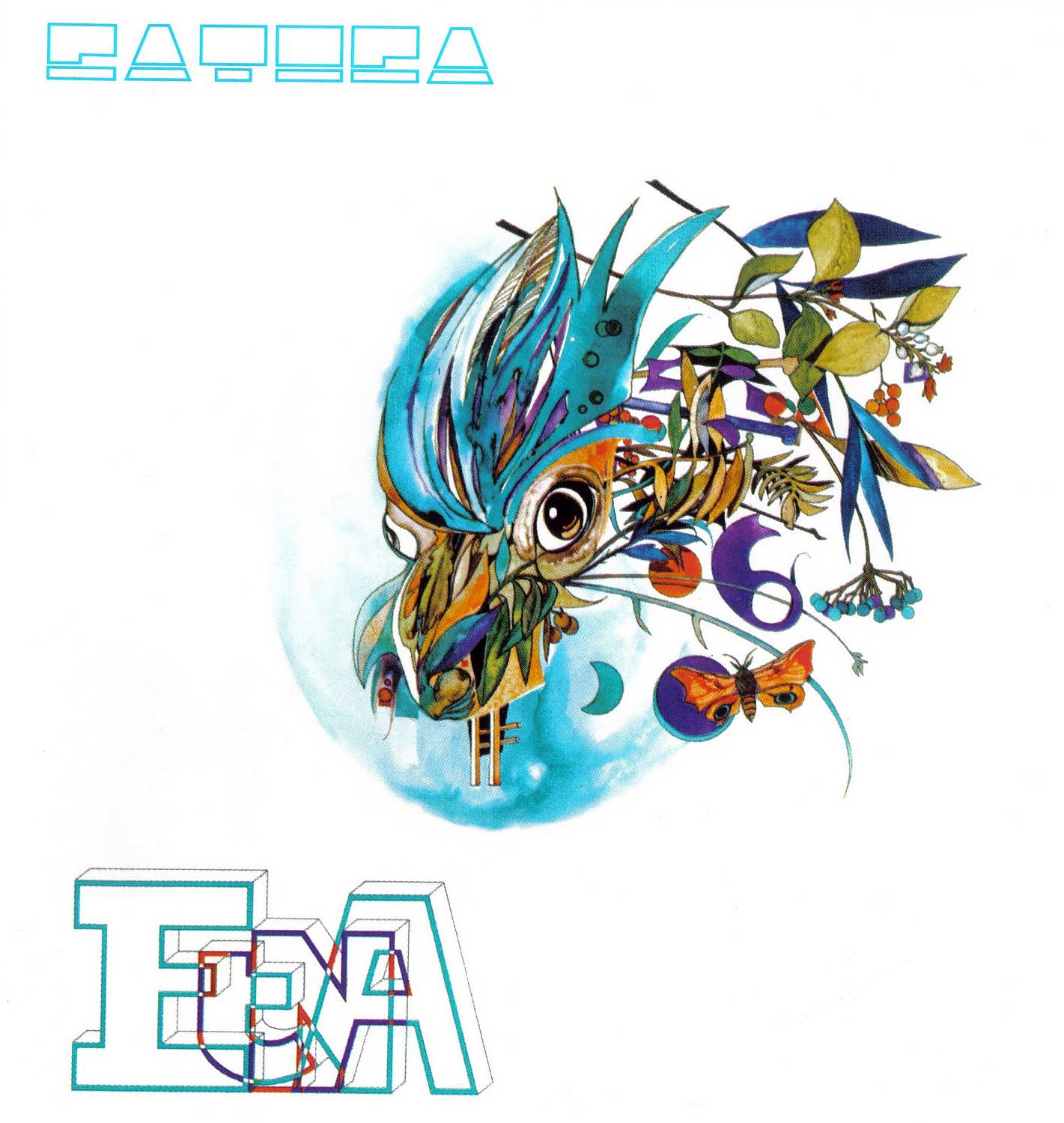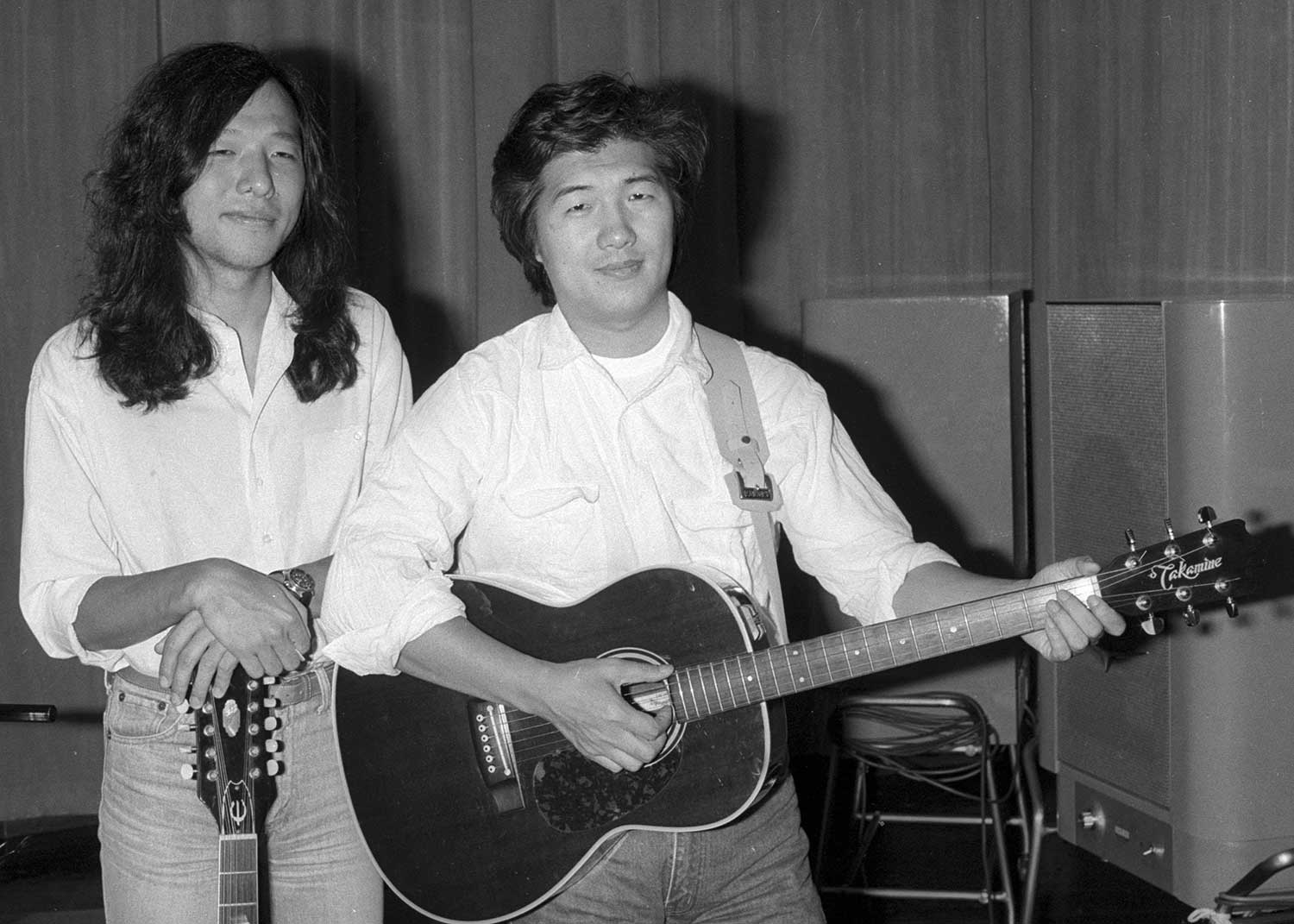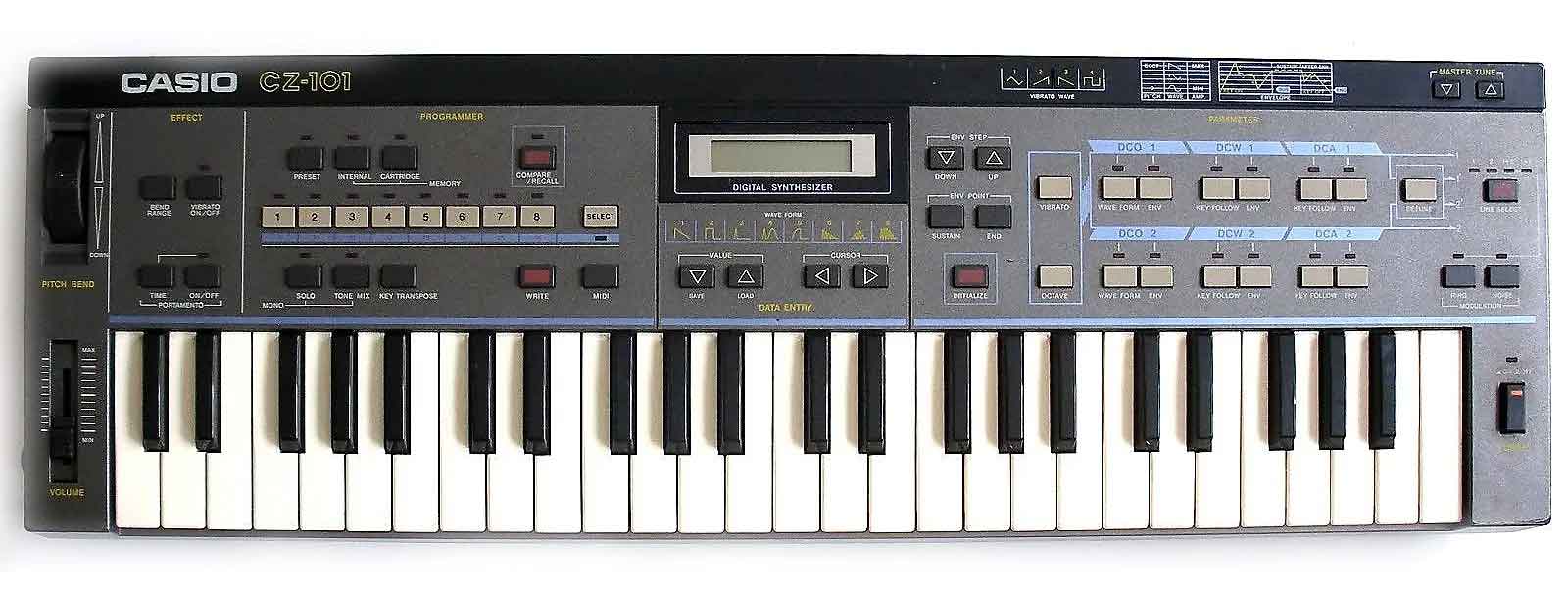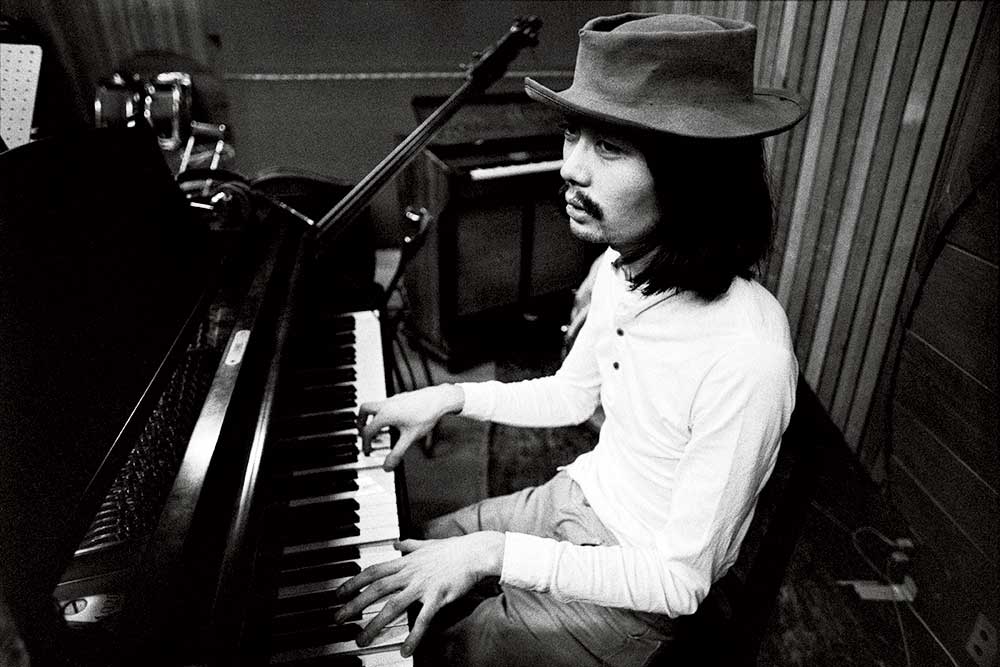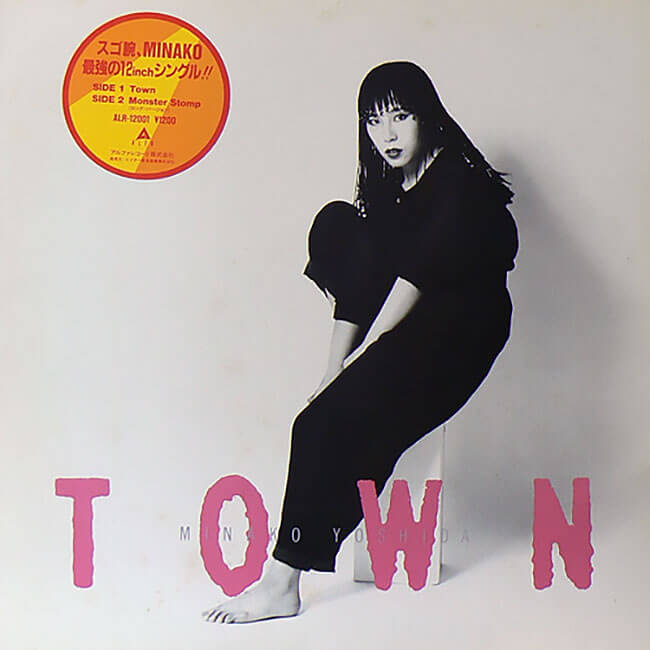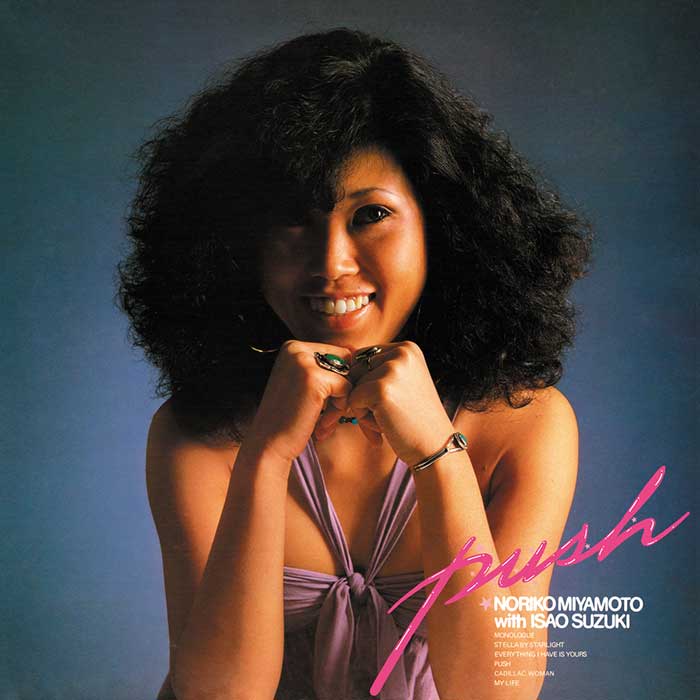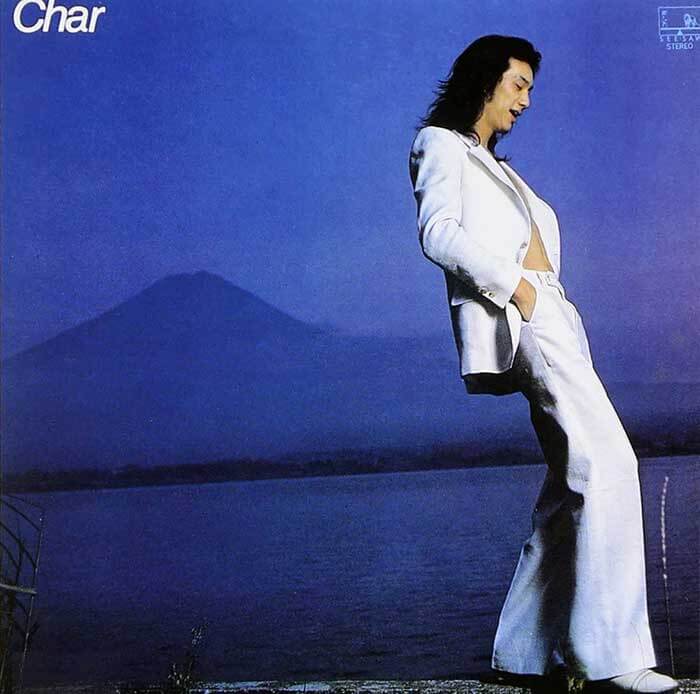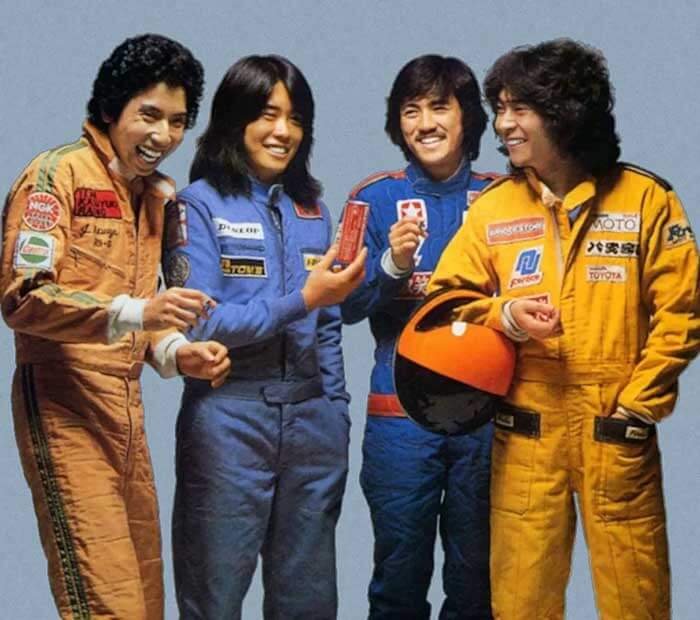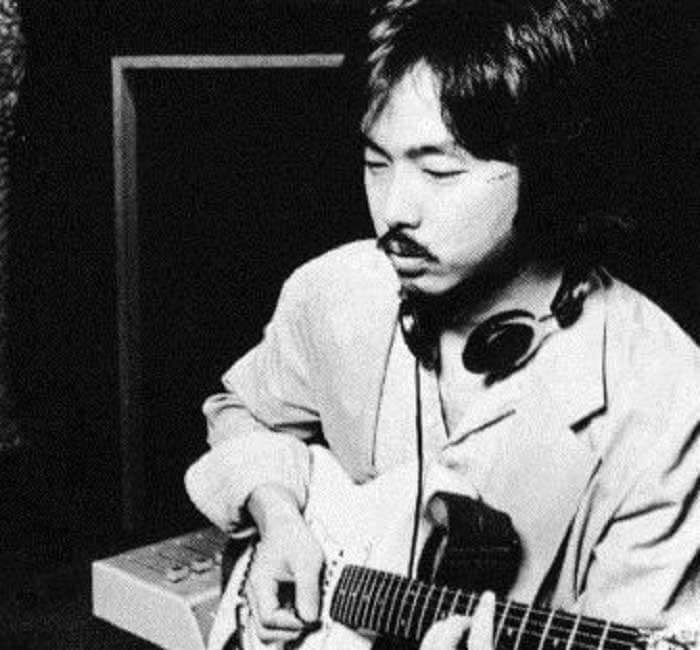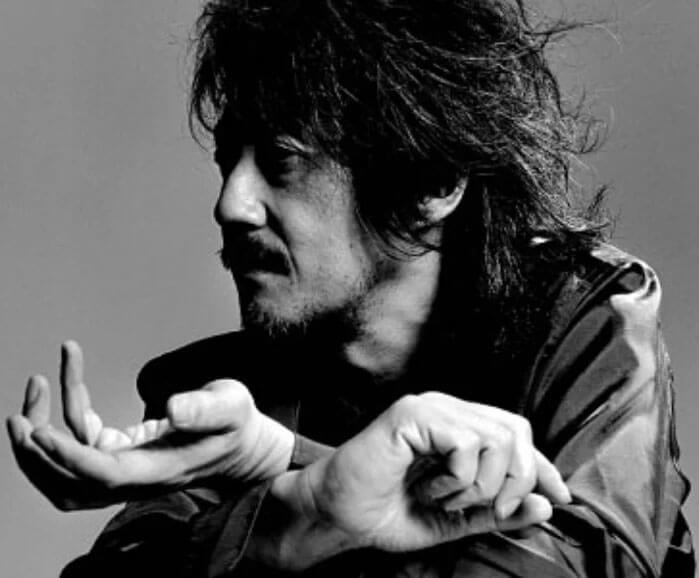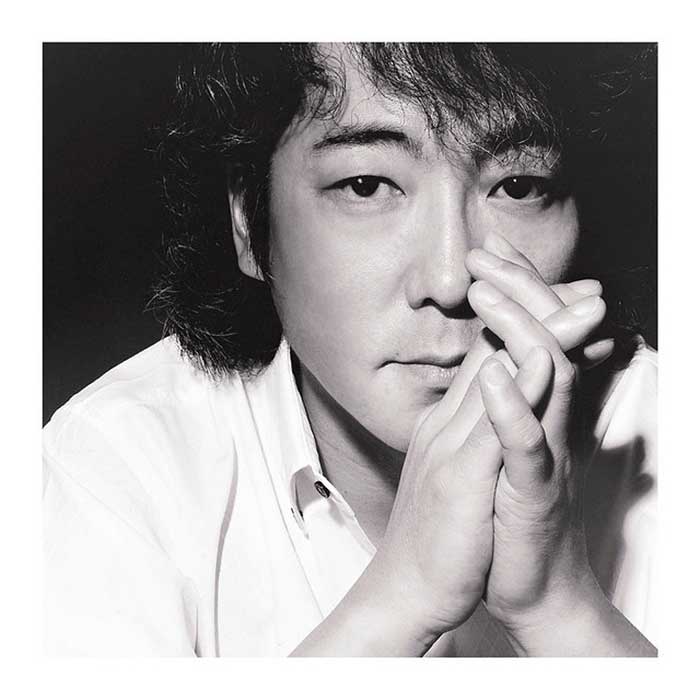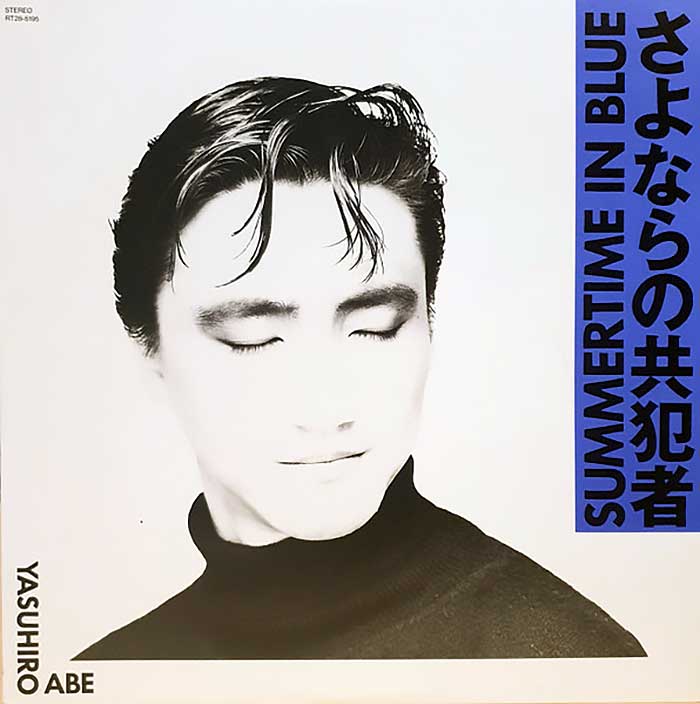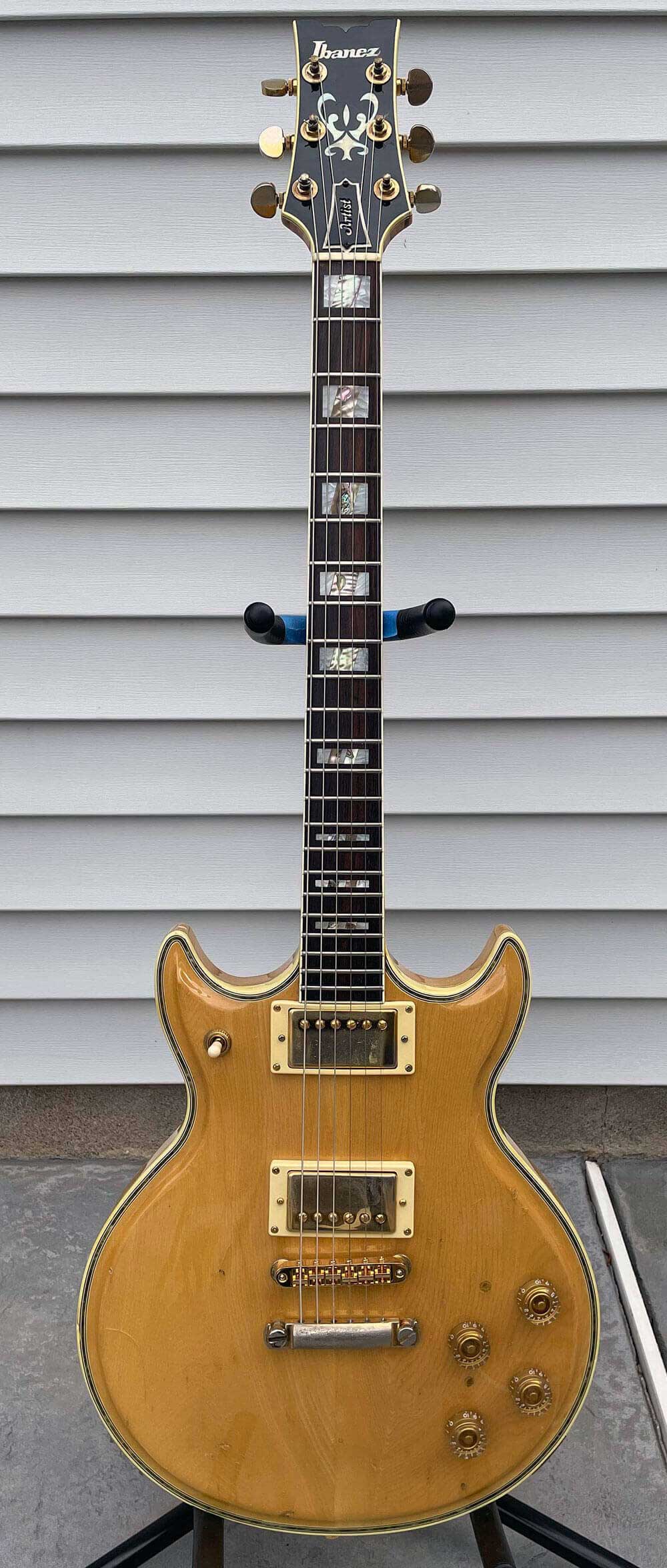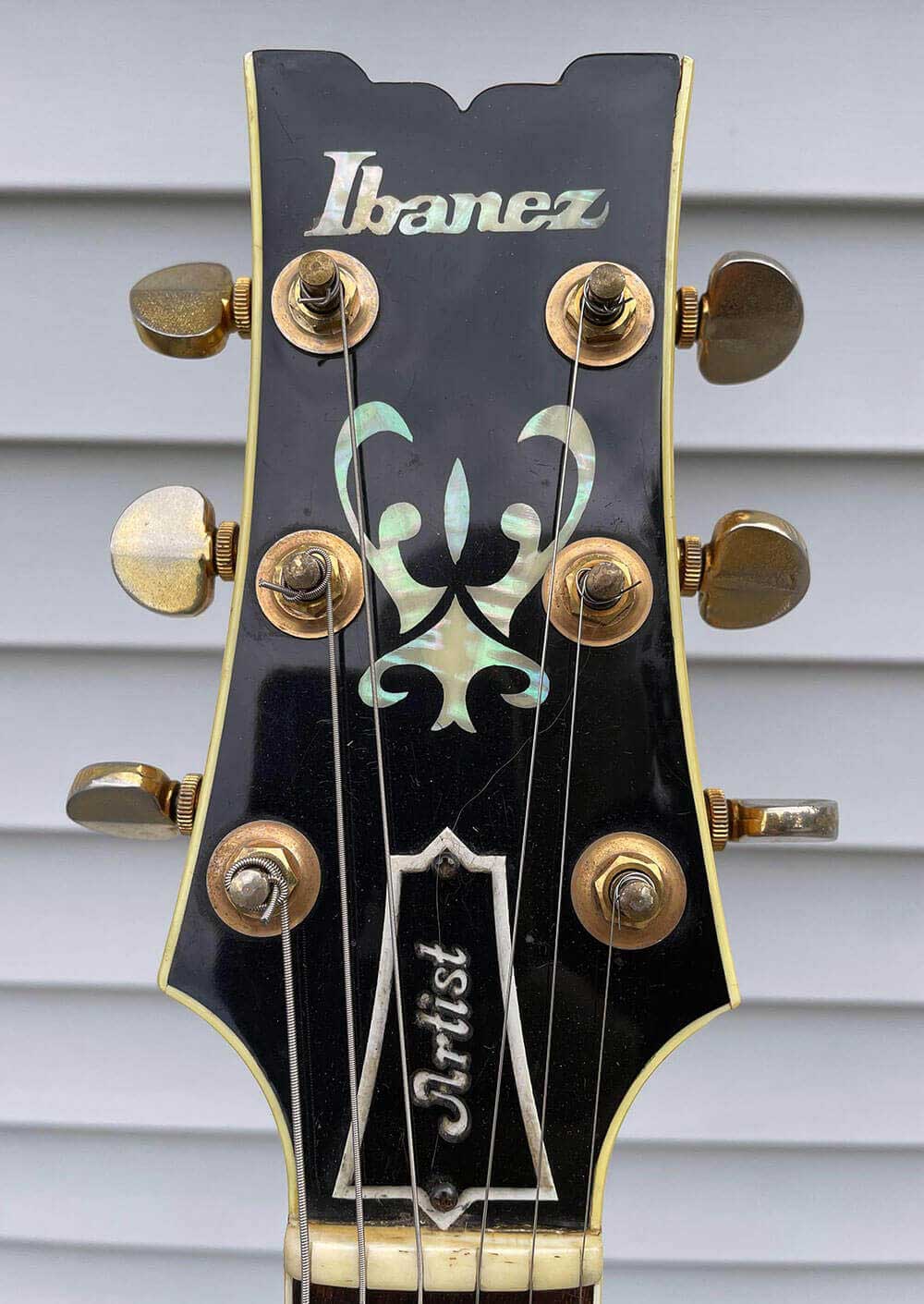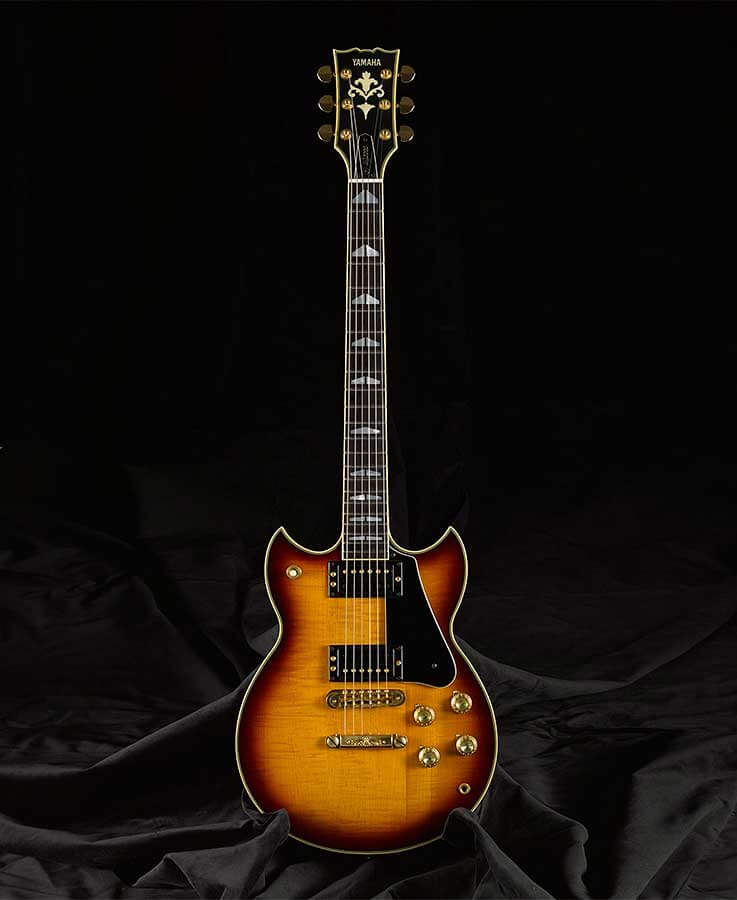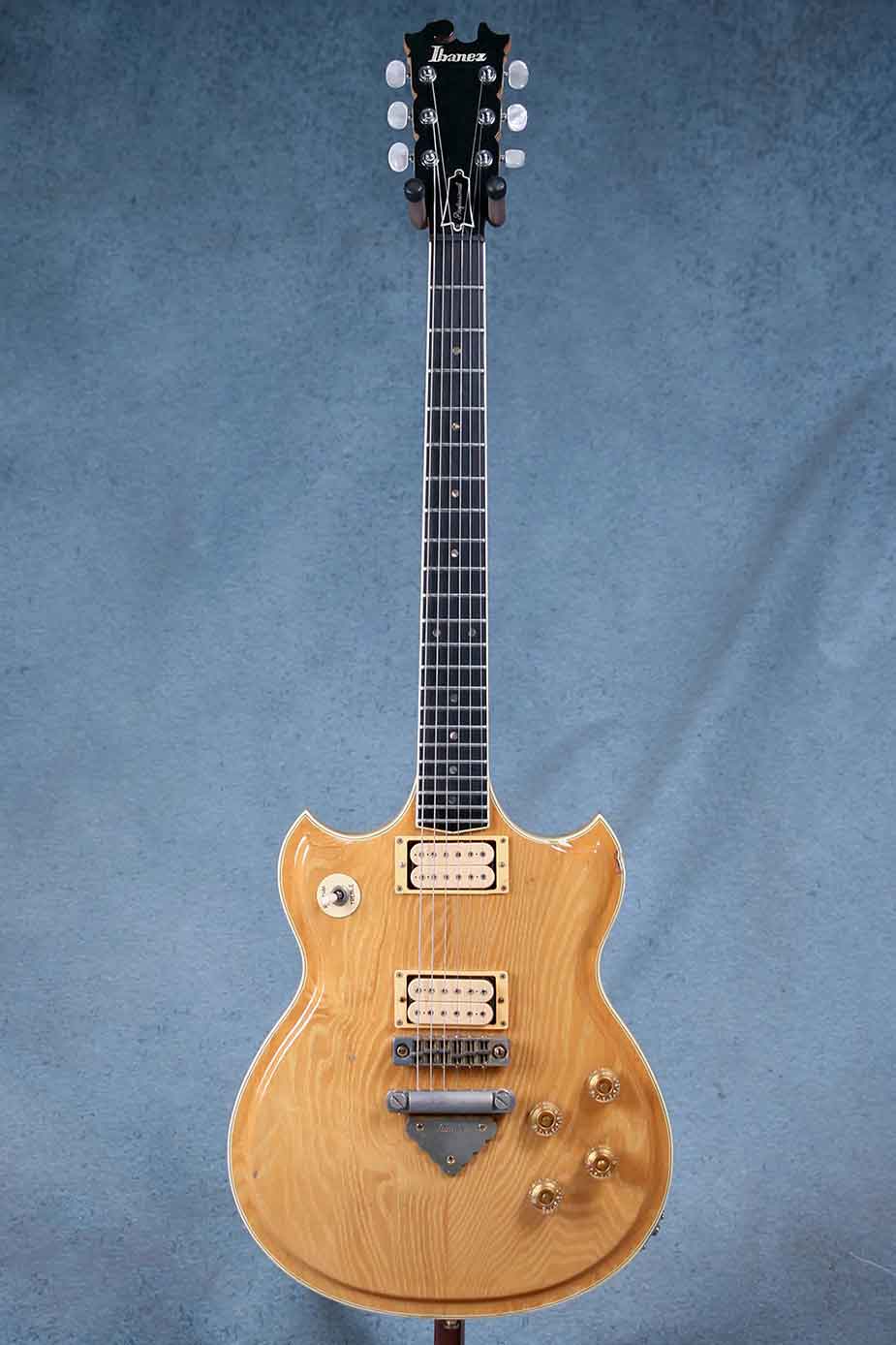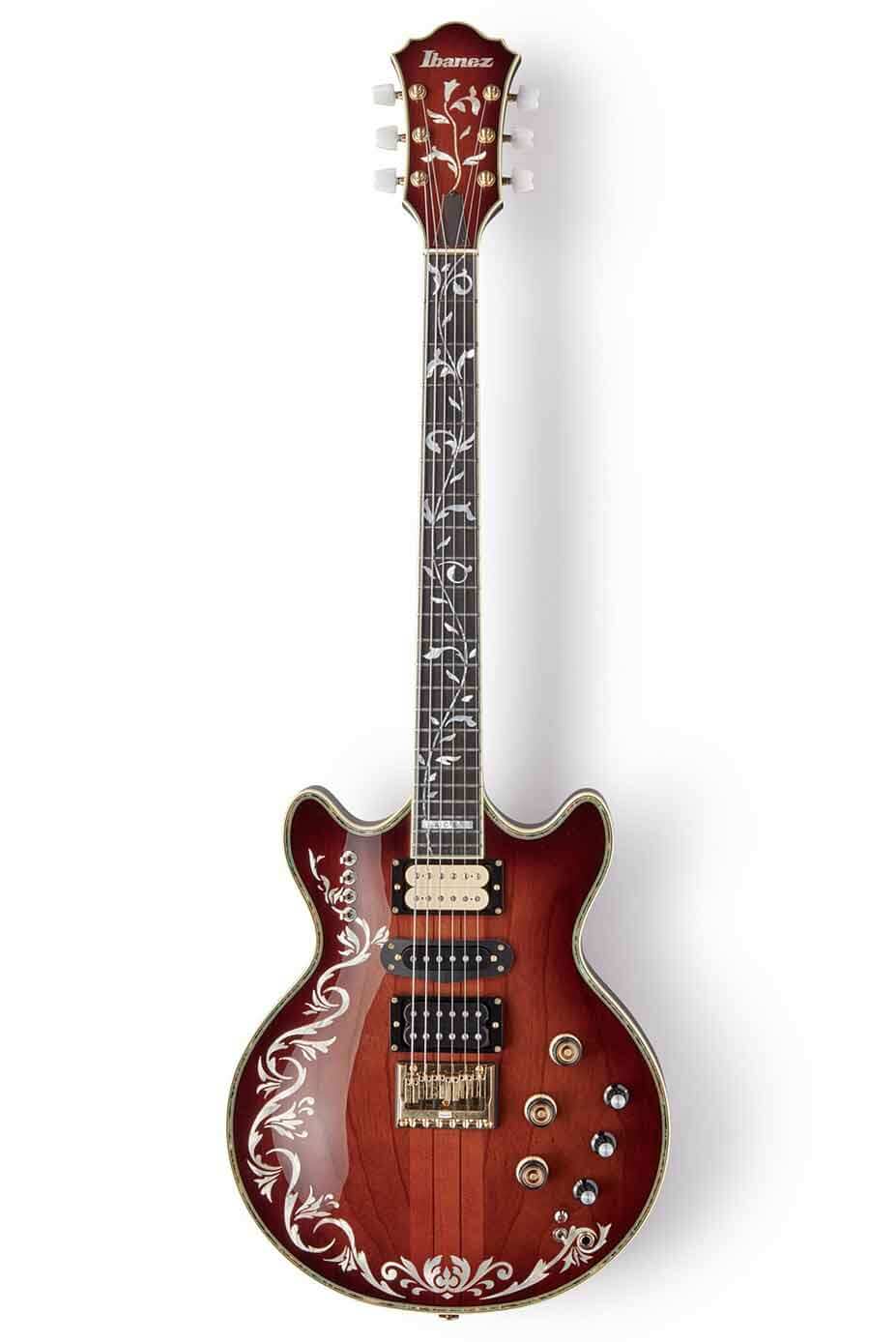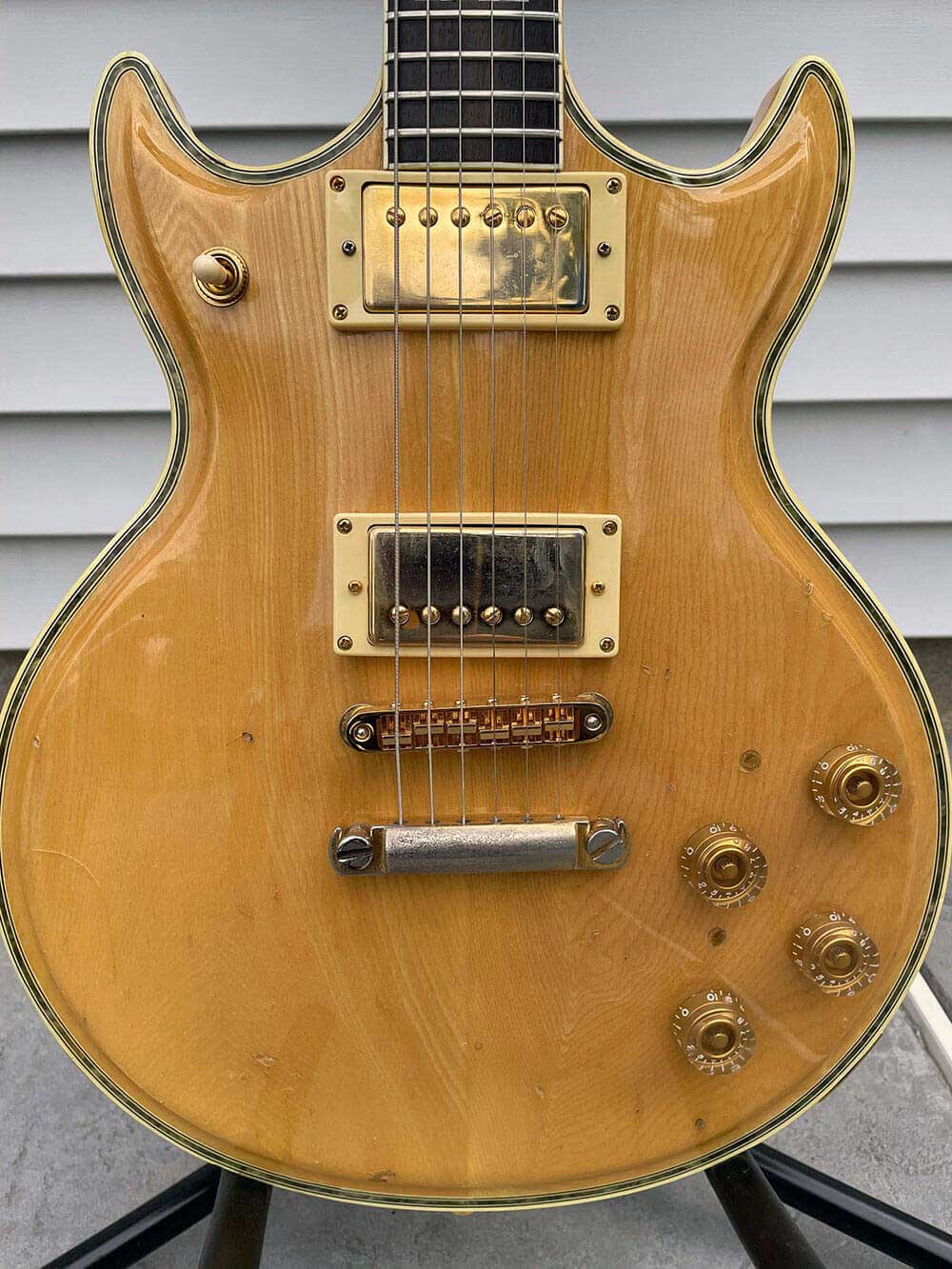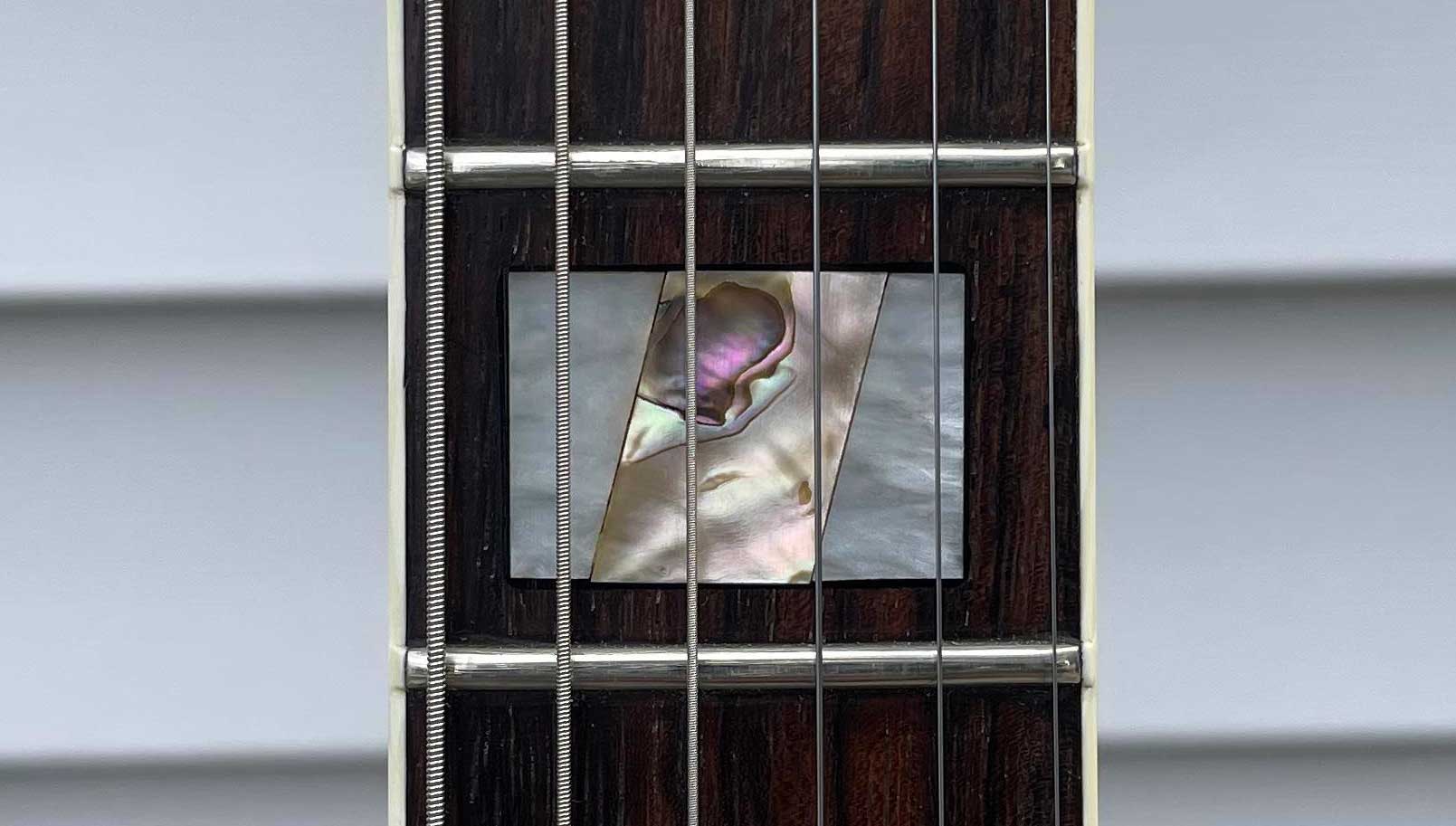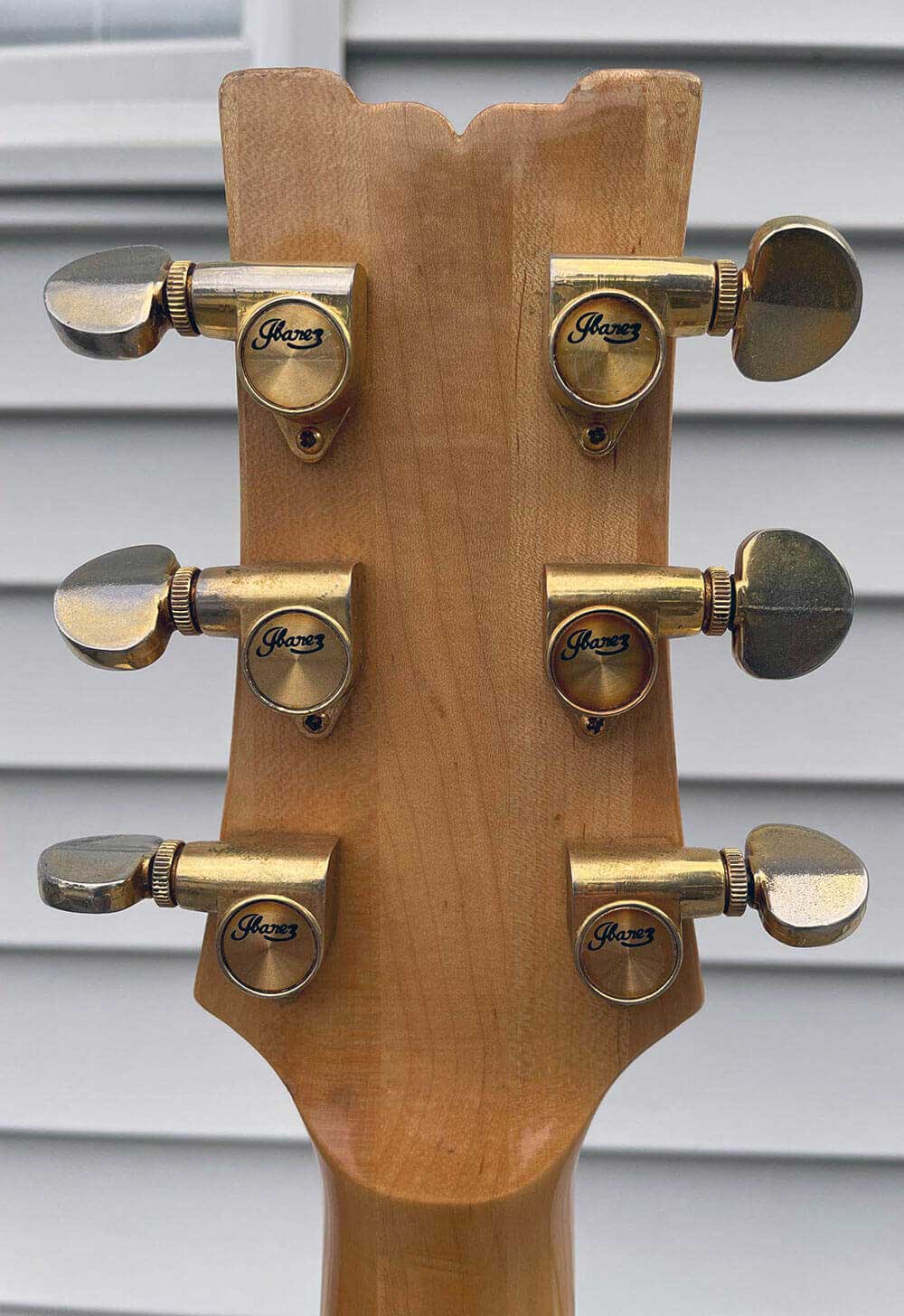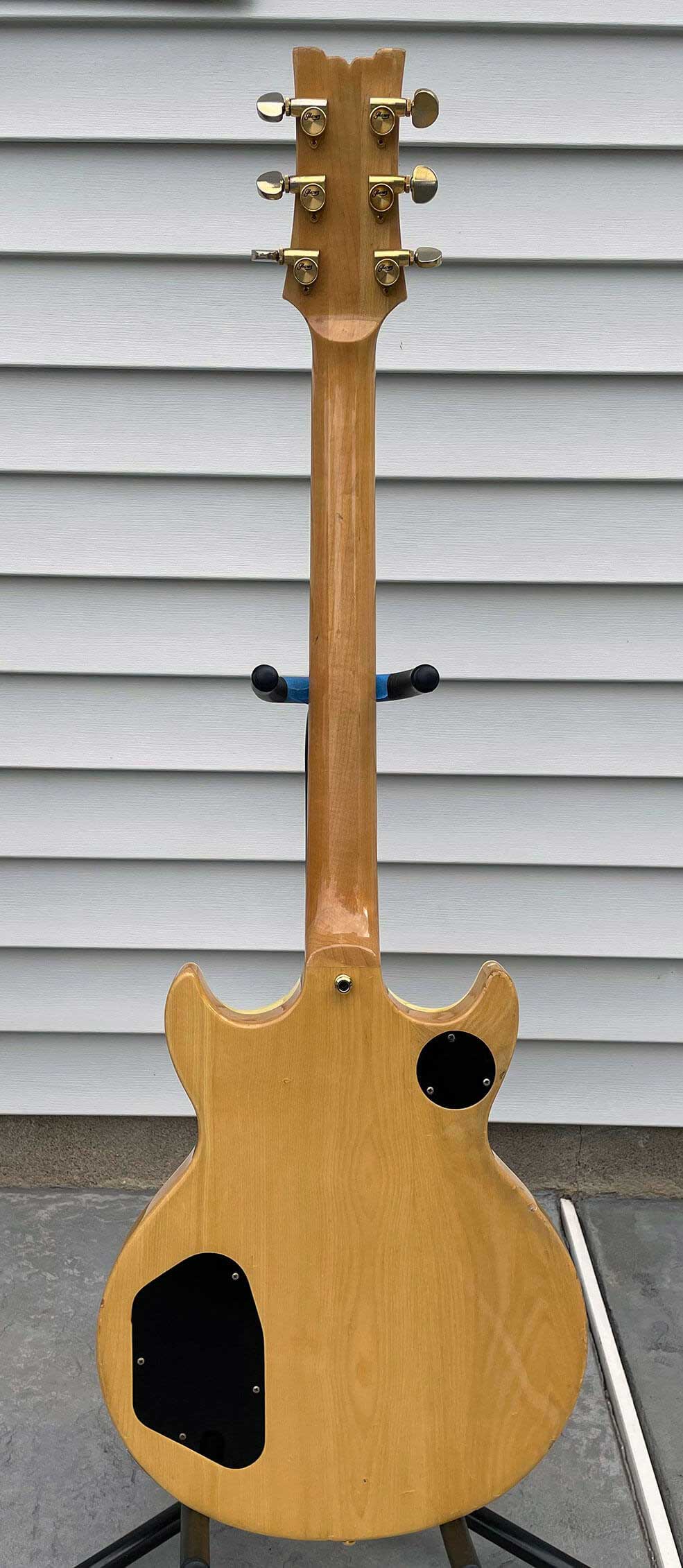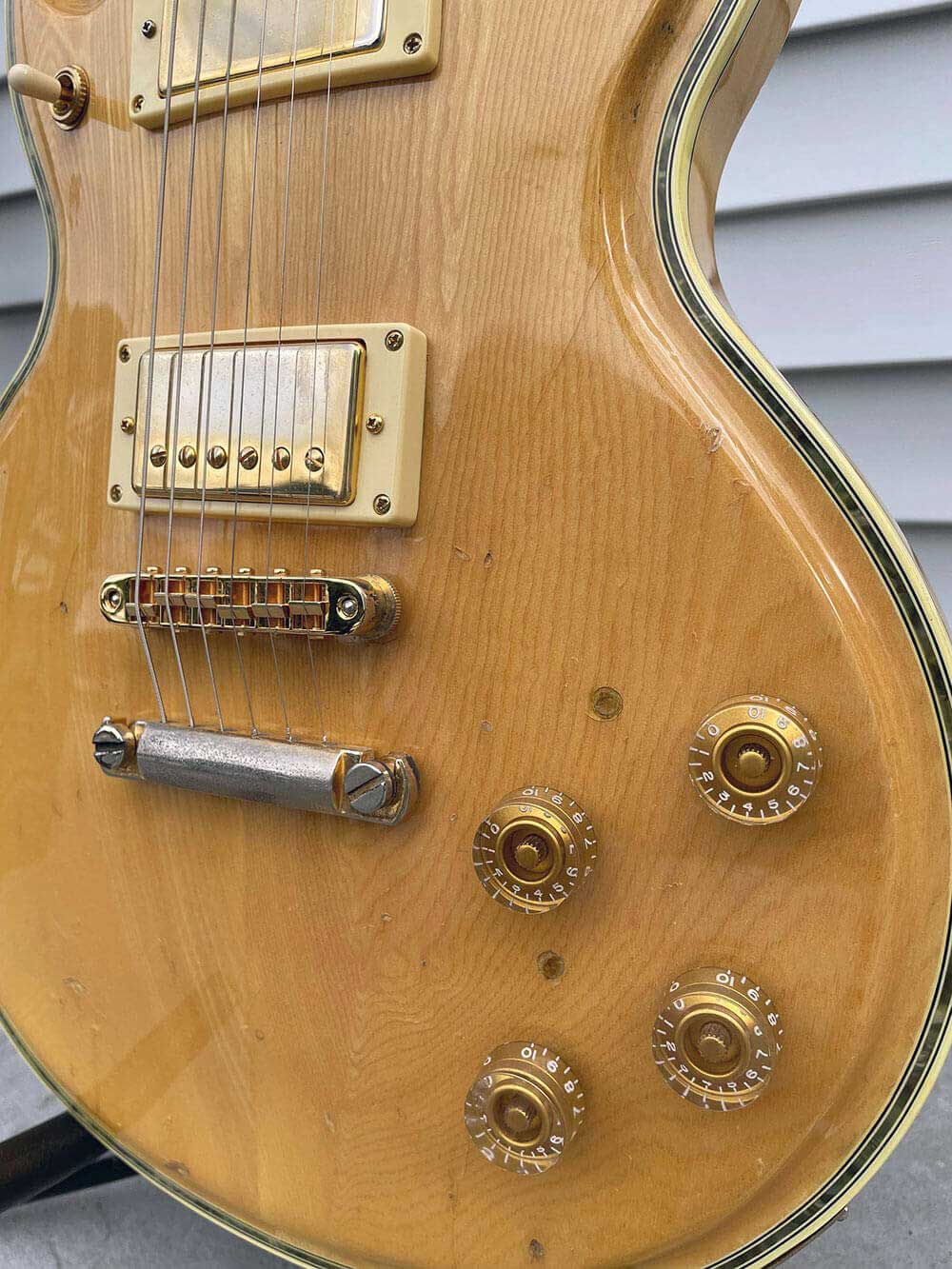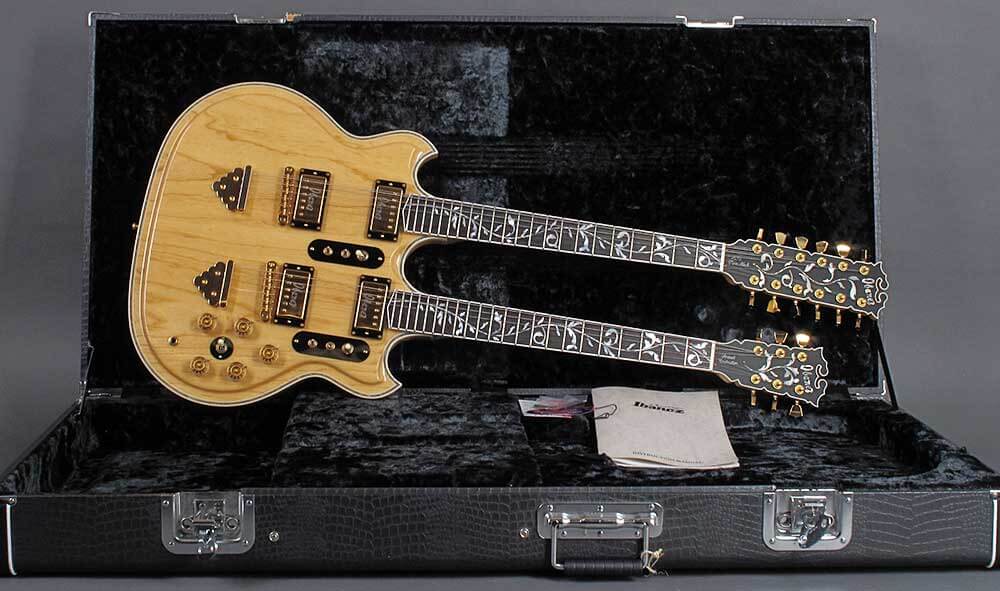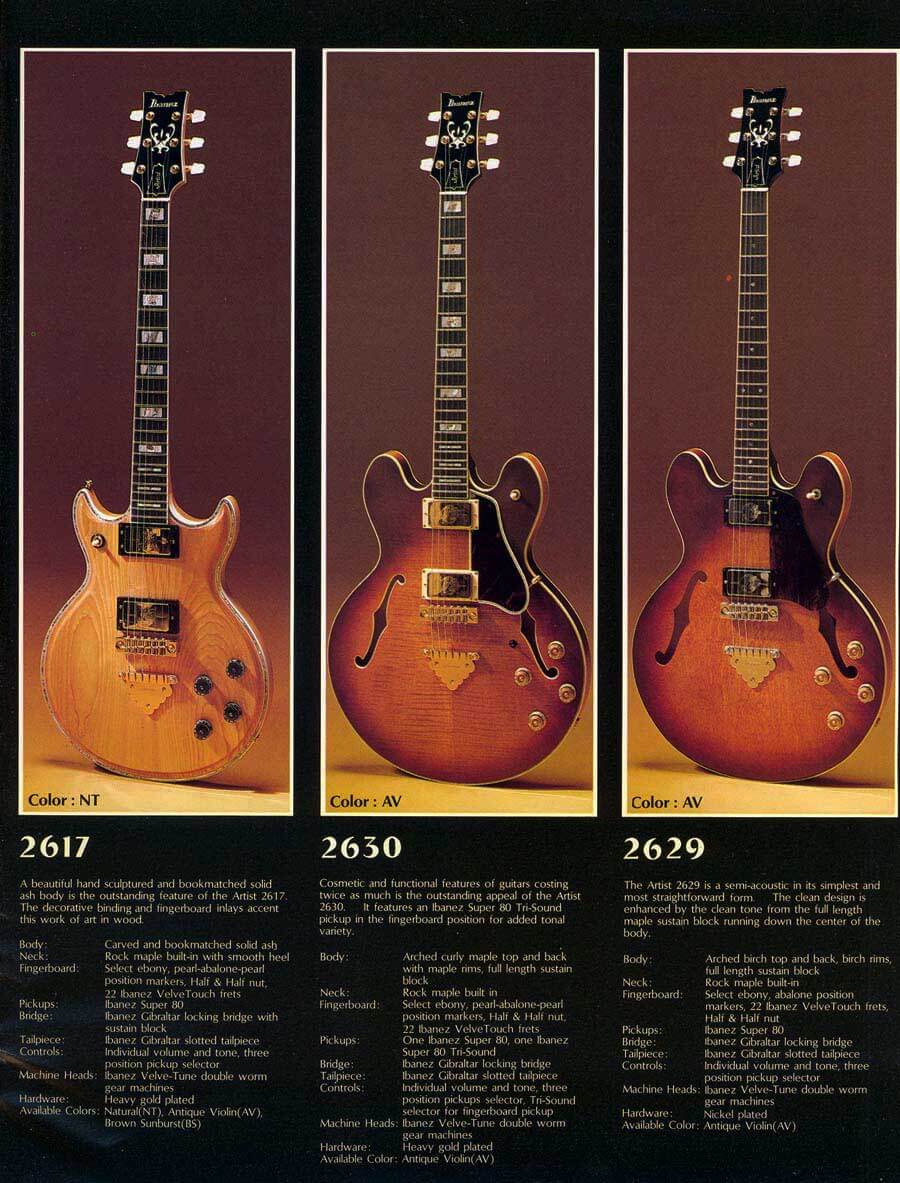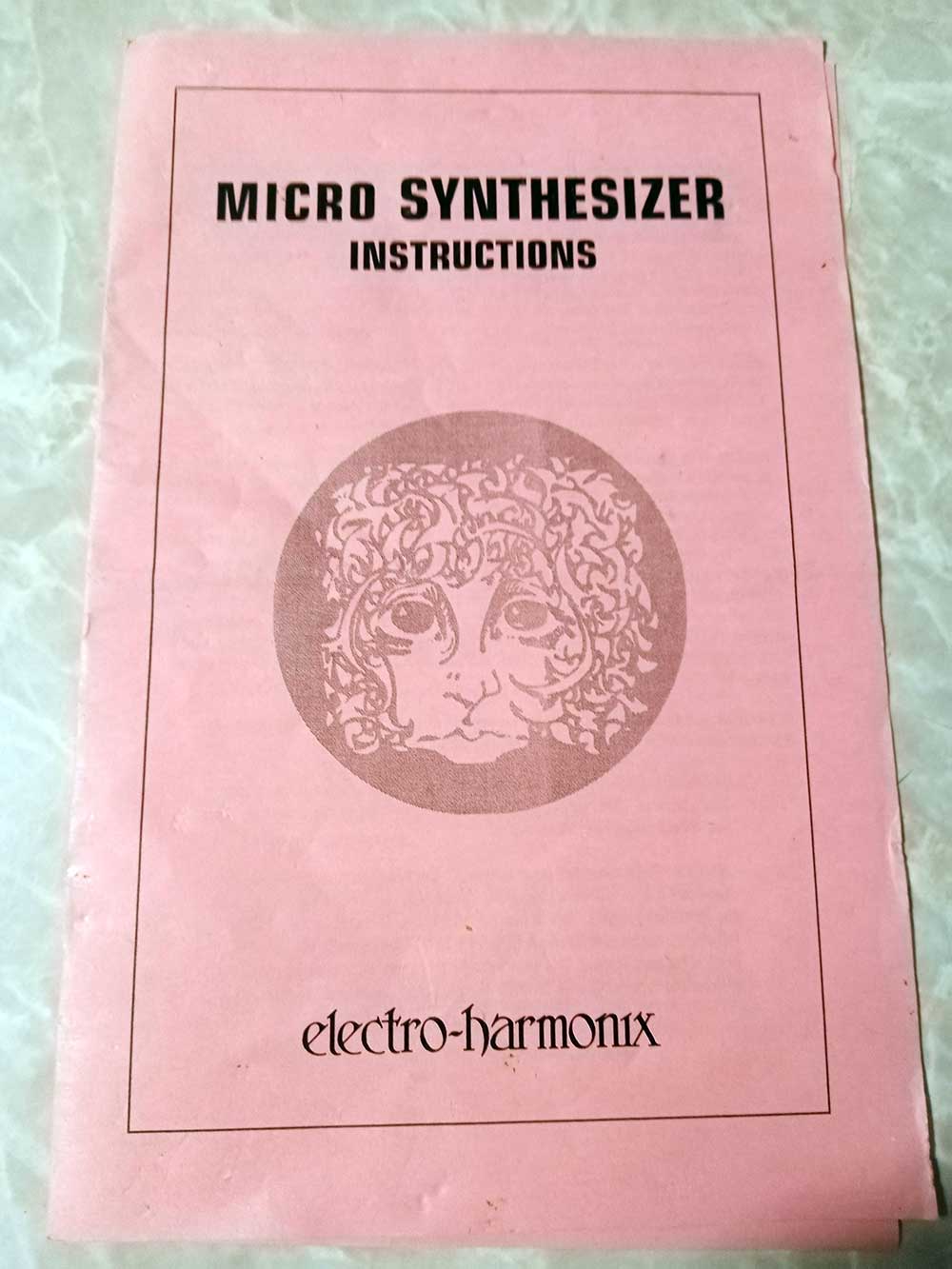
”As many will know, EKO also made instruments for foreign brands such as Vox but little is known about its collaboration with Camac, a brand that operated in the French and German markets. One of the results of this agreement was the creation of the G-100, a professional solid body which was among the last creations of the original EKO.
Lorenzo
The Camac (now Algam France, new “owner” of EKO) guitars line was produced by Eko between the late 70s and early 80s.
The collaboration between Eko and Camac was born following a meeting that the EKO director, Remo Serrangeli, had with the owner of Camac, Gerard Garnier, at the Frankfurt motor show in 1978.
After an initial production of 200 classical guitars for the French market, in 1979 an agreement was reached with the German section of Camac, led by young professional musicians, for the production of high quality solid body electric guitars with modern finishes, equipment and features and with an eye to both the usual trendy American brands and new Japanese productions.
The agreement was reached for models based on the EKO CX/BX monobloc series and for a model with a screwed neck inspired by the stratocaster but with superior woods and finishes, the Camac G-100.
Here we present an example of the rare G-100 belonging to the German collector Frank Ebeling.
The Camac G-100 features DiMarzio pickups in the uncommon SSH configuration, i.e. the mirror version of the classic superstrats that became popular in the 80s and which instead had an HSS configuration.
Three switches allow you to select each pickup in every possible combination, thus obtaining a virtually complete sound spectrum.
The electrical part is completed by a volume and two tone potentiometers, one for the central single coil and the other for the neck humbucker. Brass hardware milled from solid in EKO’s internal workshops and Schaller tuners.
For the Camac G-100 the best high quality woods were chosen from the company’s vast warehouse: body and neck are in mahogany with a central strip in maple and the top is in sapele mahogany.
The fingerboard is ebony.
The G-100 model was marketed in Italy under the EKO brand as the M-7 model of the Master Series line and equipped with Magnetics active pickups: 2 x SDC (Strato Dual Ceramic) and an HSC (Humbucker Single Ceramic).
These pickups have a dedicated preamp inside each unit which is used not to preamplify the signal but to manage the humbucker effect of the primary stage ensuring low impedance output. The result is that the instrument sounds as if it were equipped with a set of active stratocaster pickups.
...BUT HOW DOES IT SOUND?
What Frank’s Camac G-100 sounds like
How the EKO Master M-7 sounds

